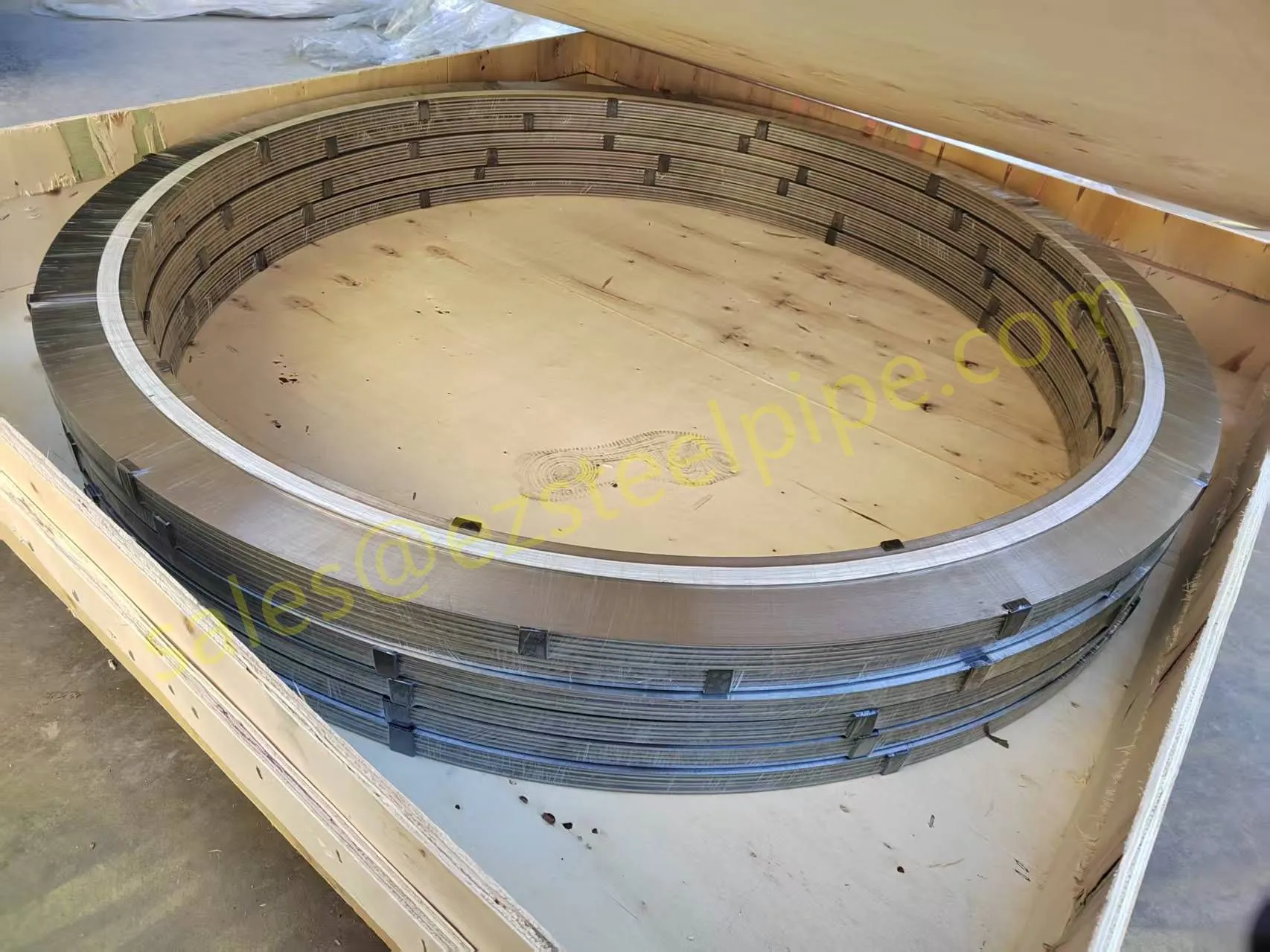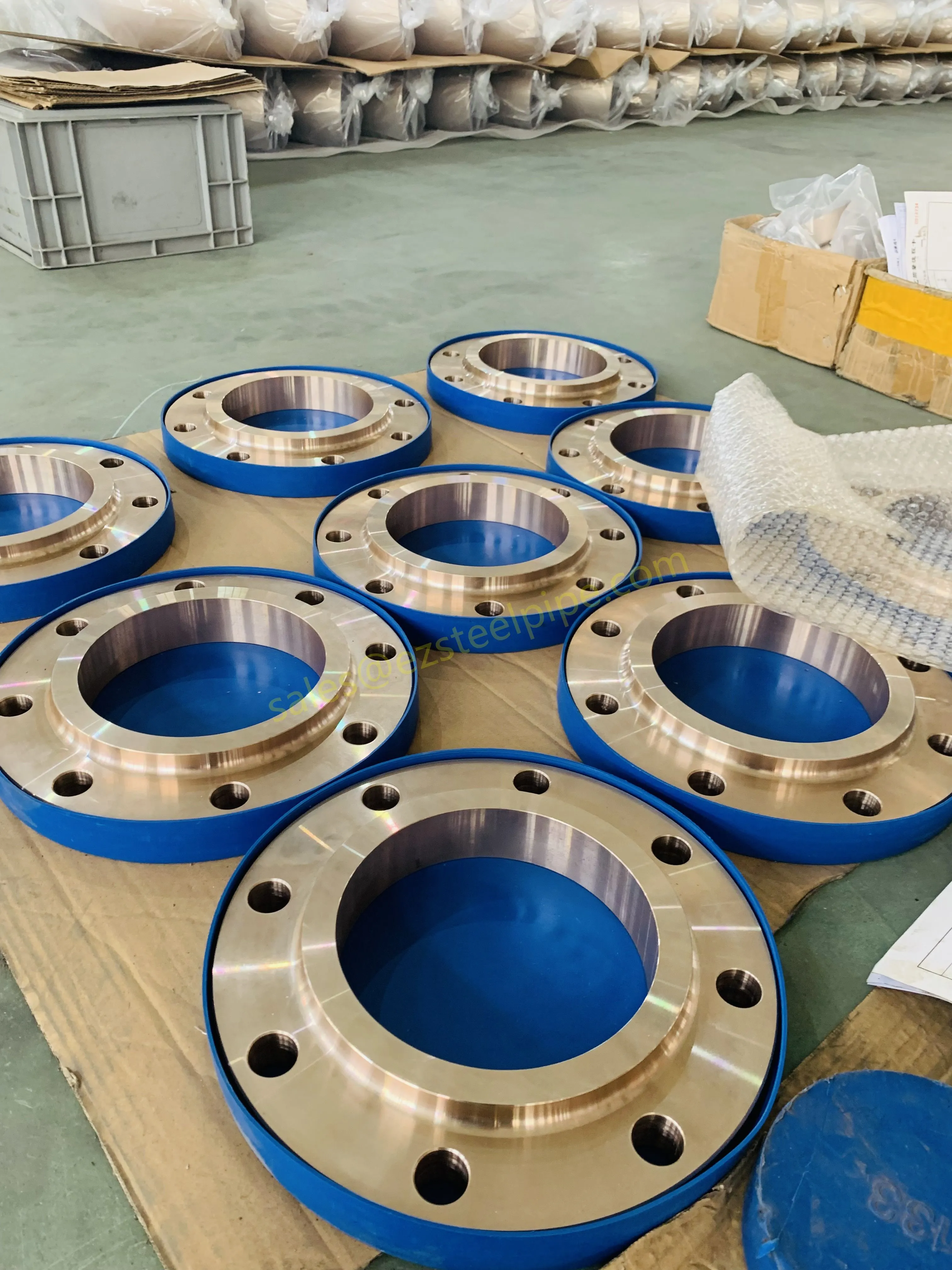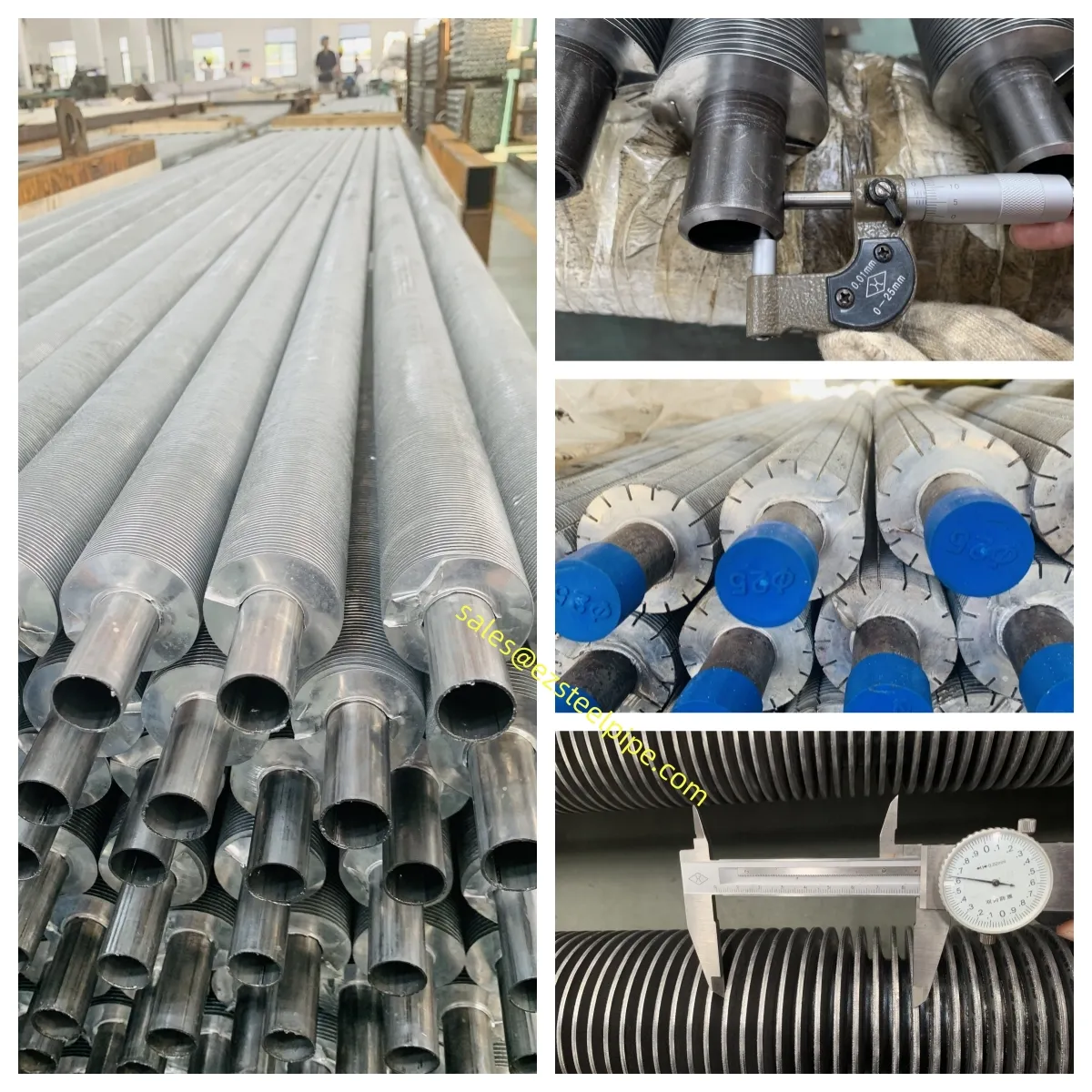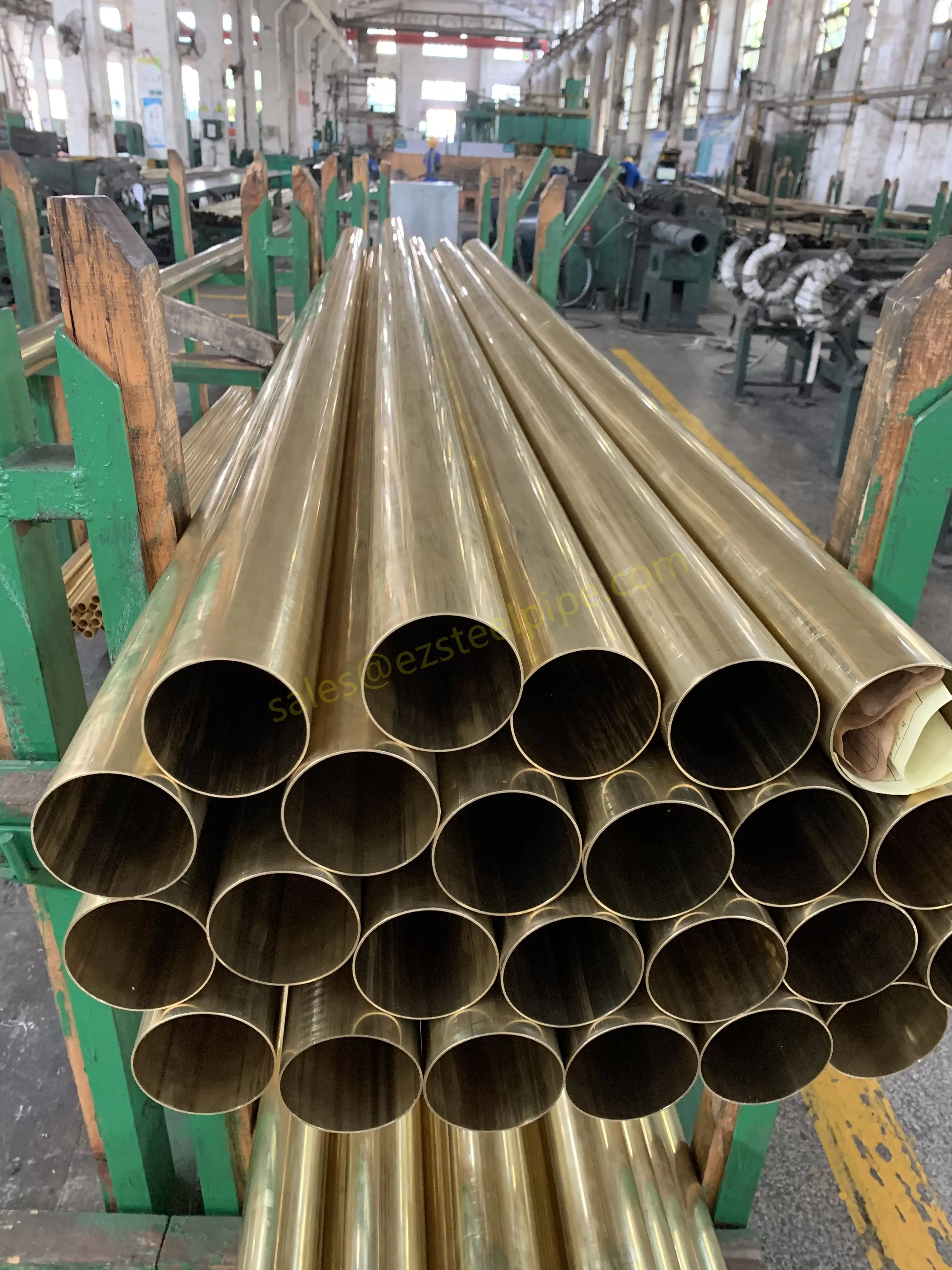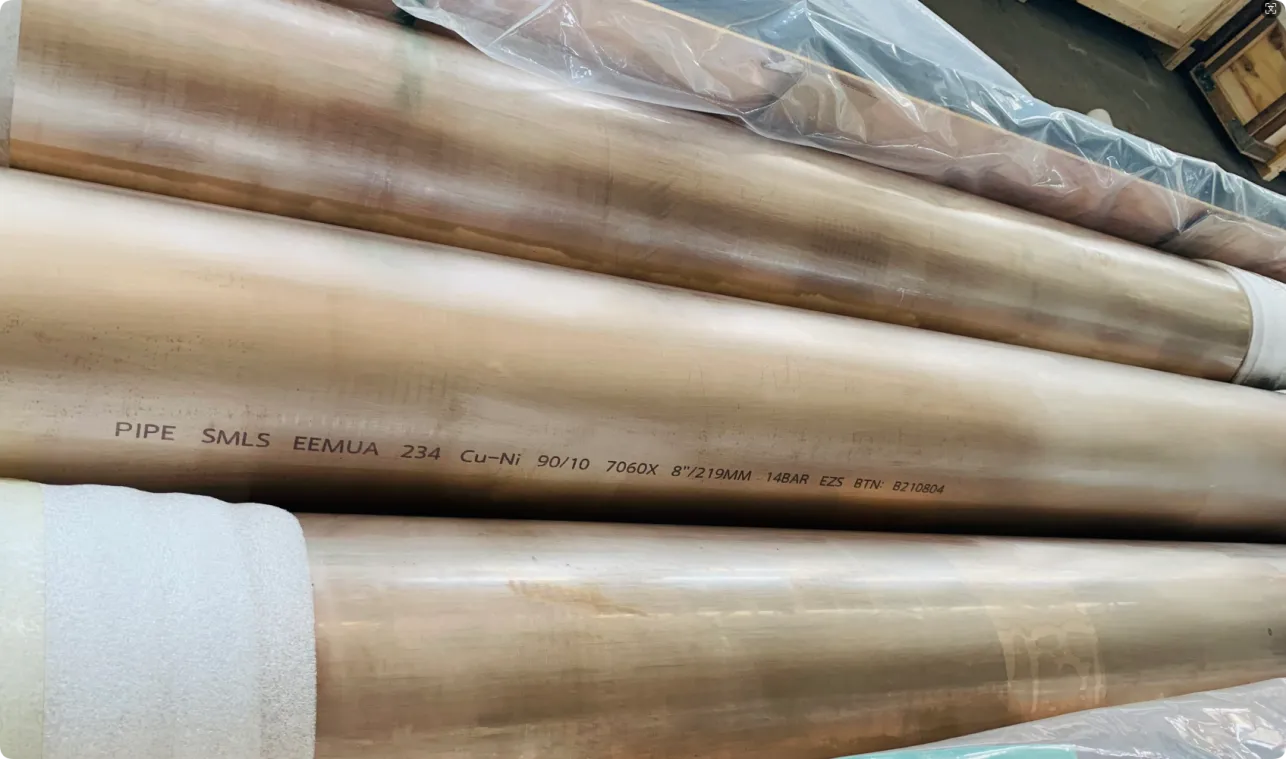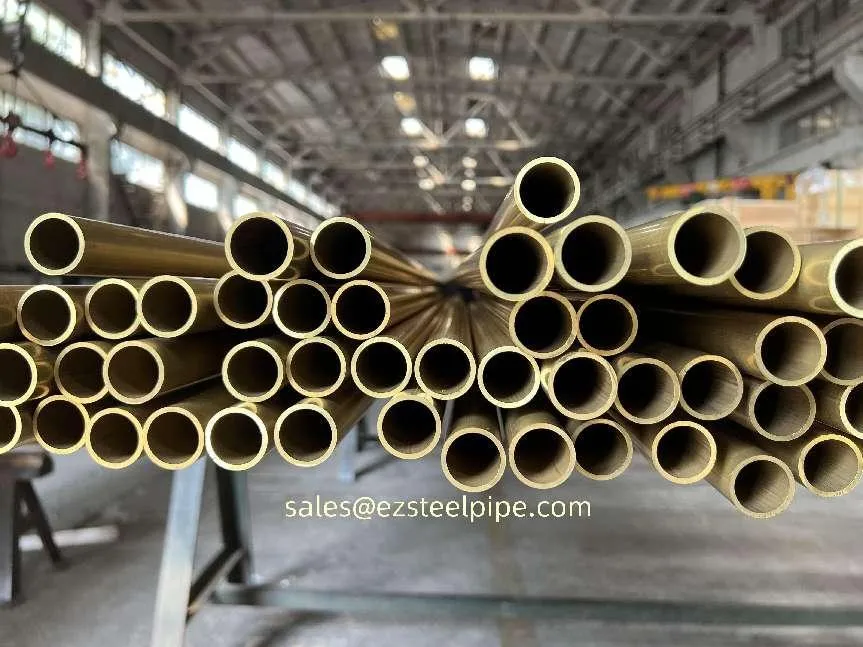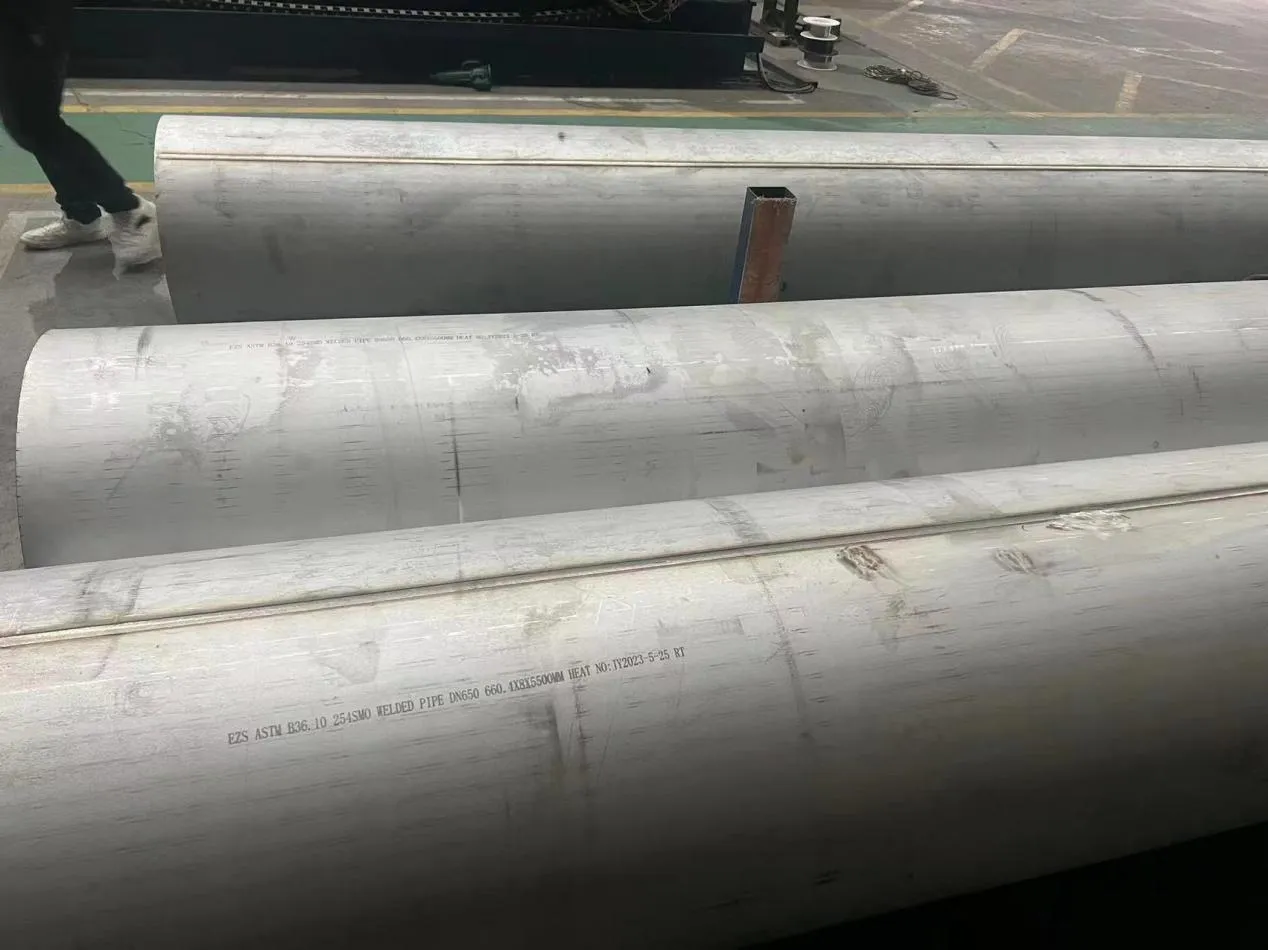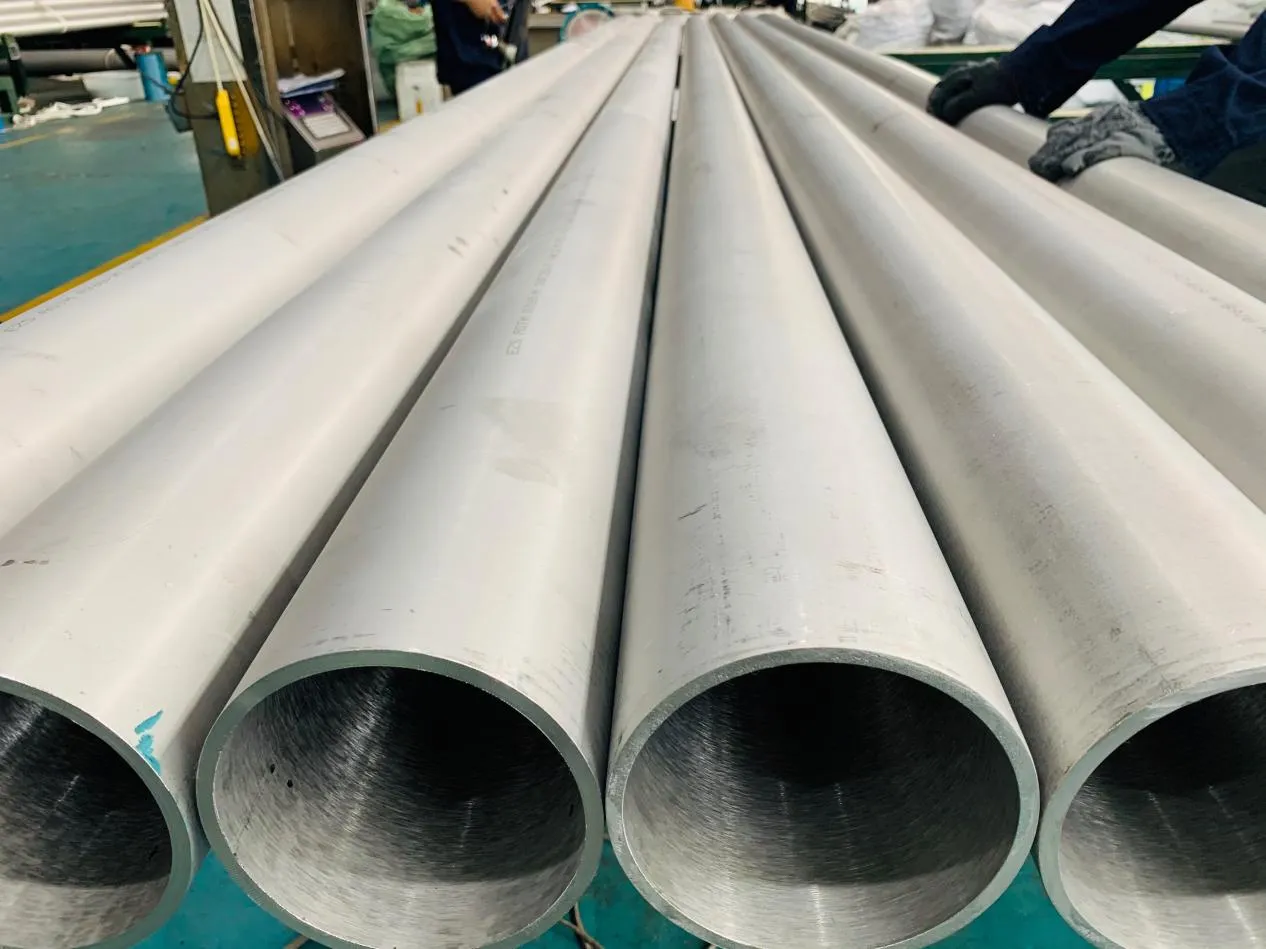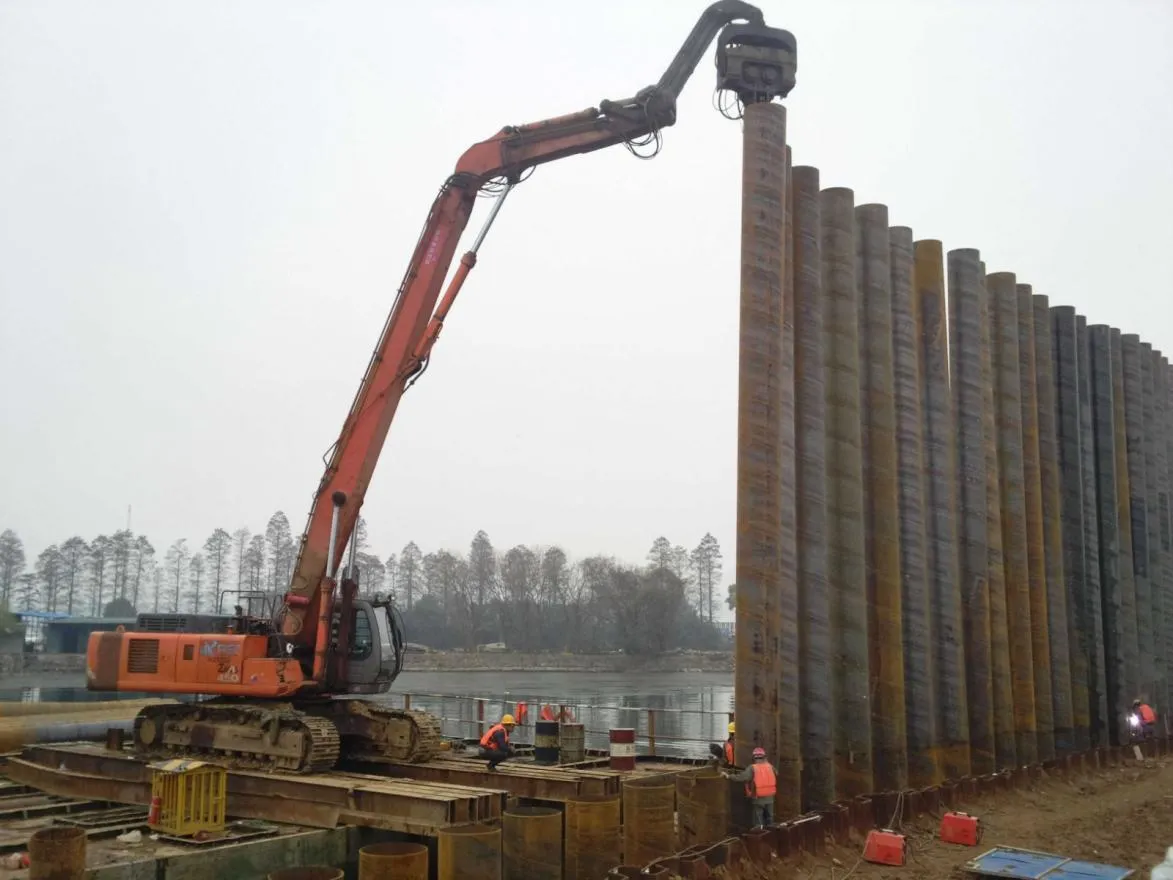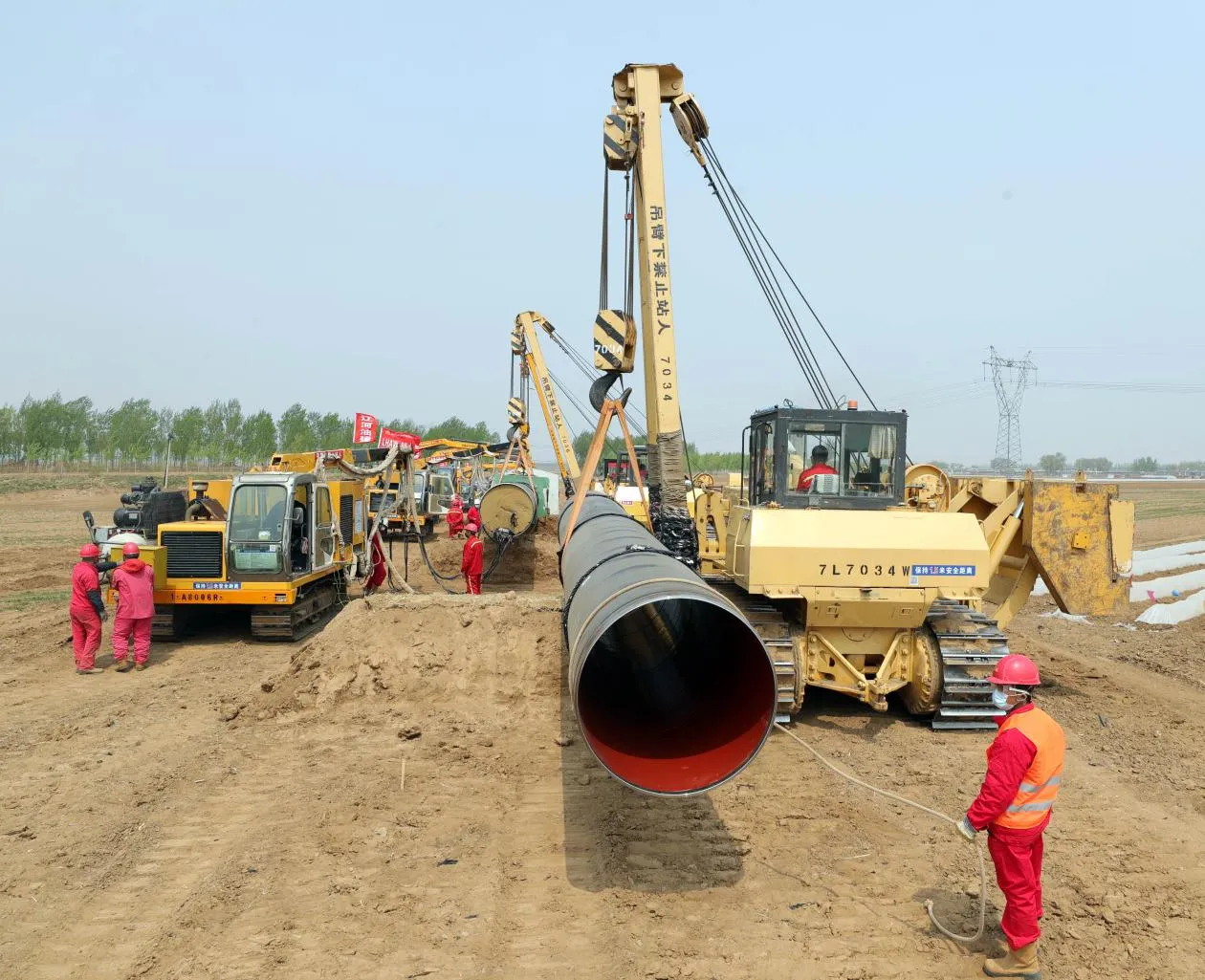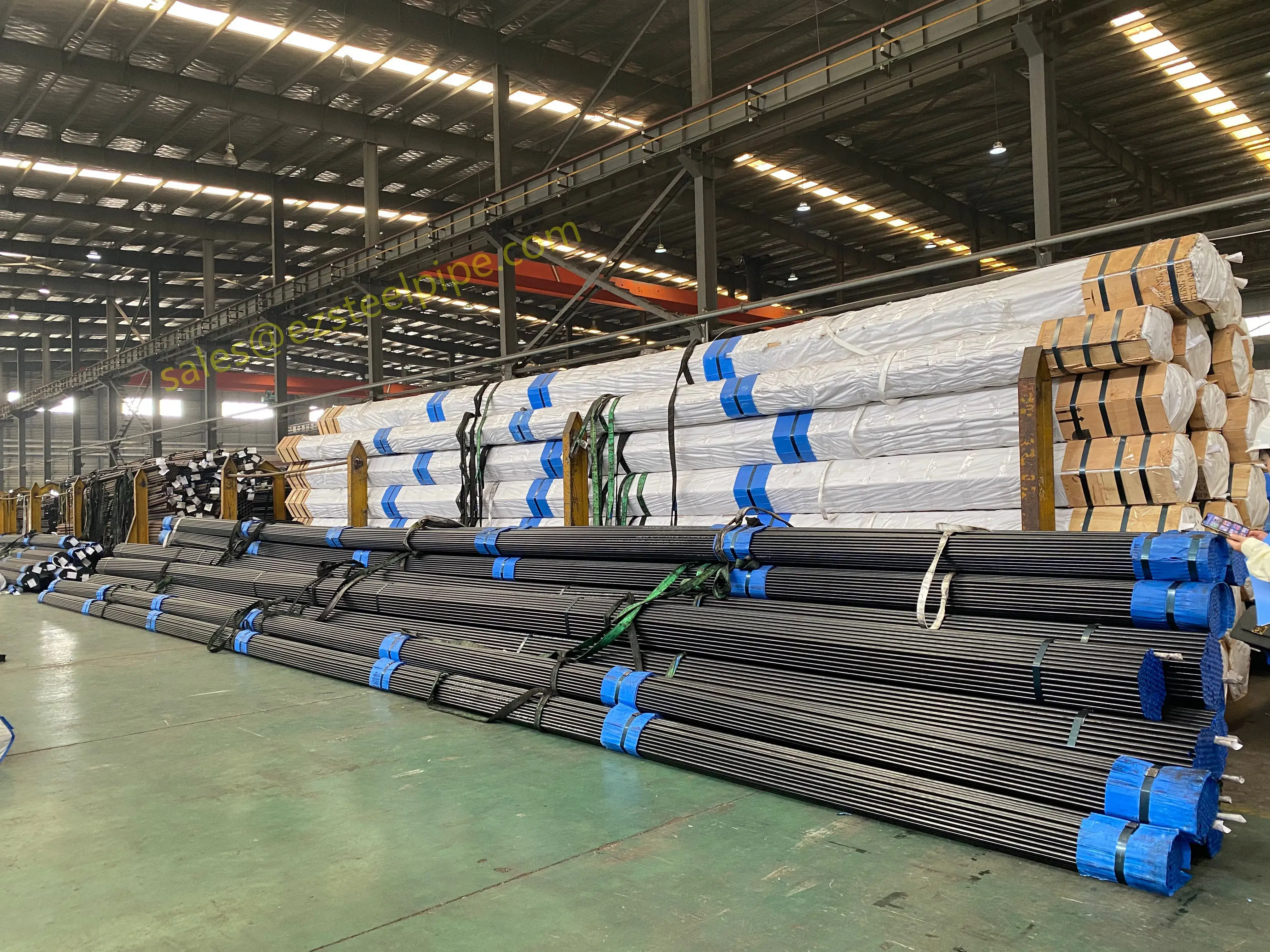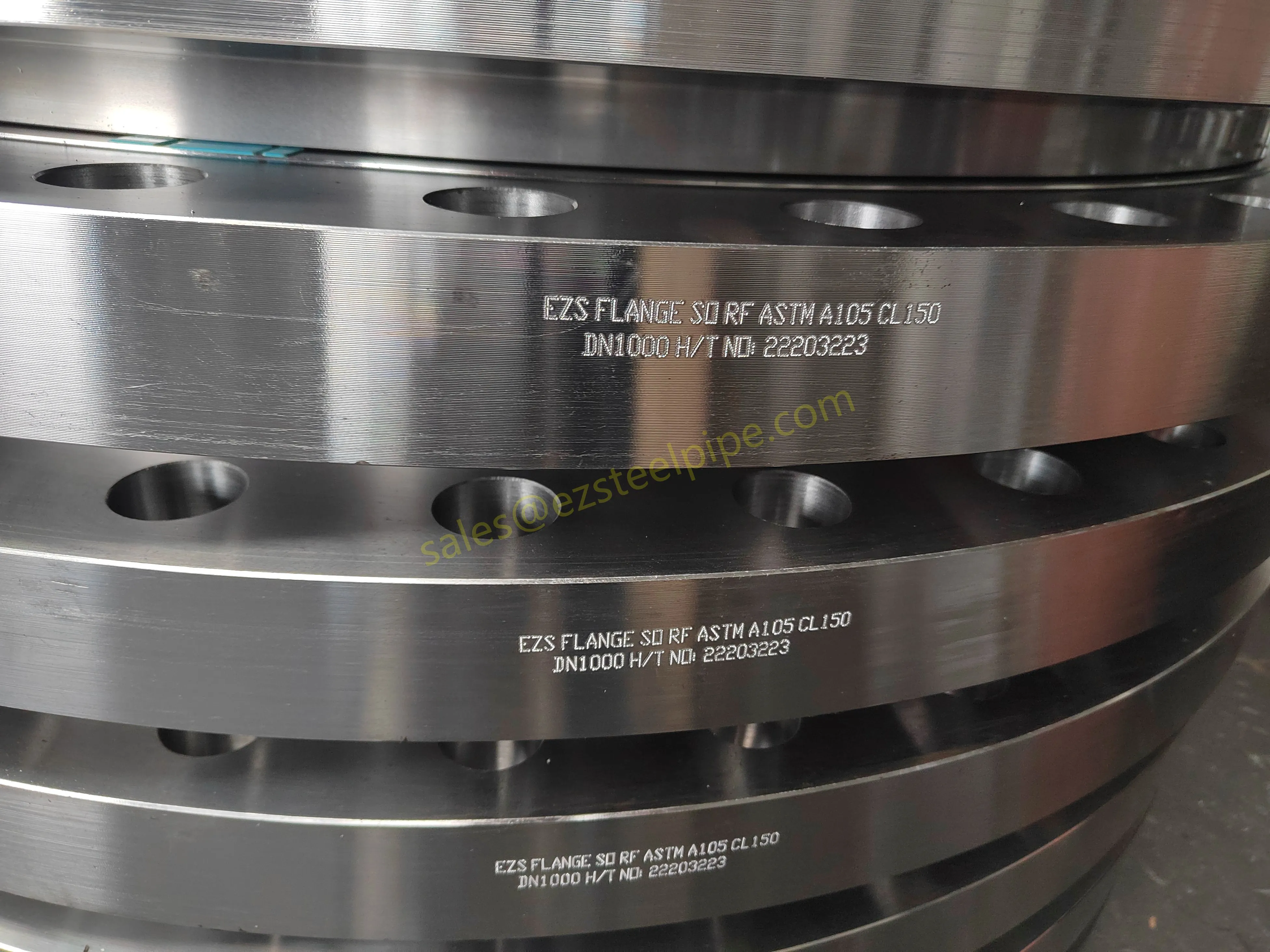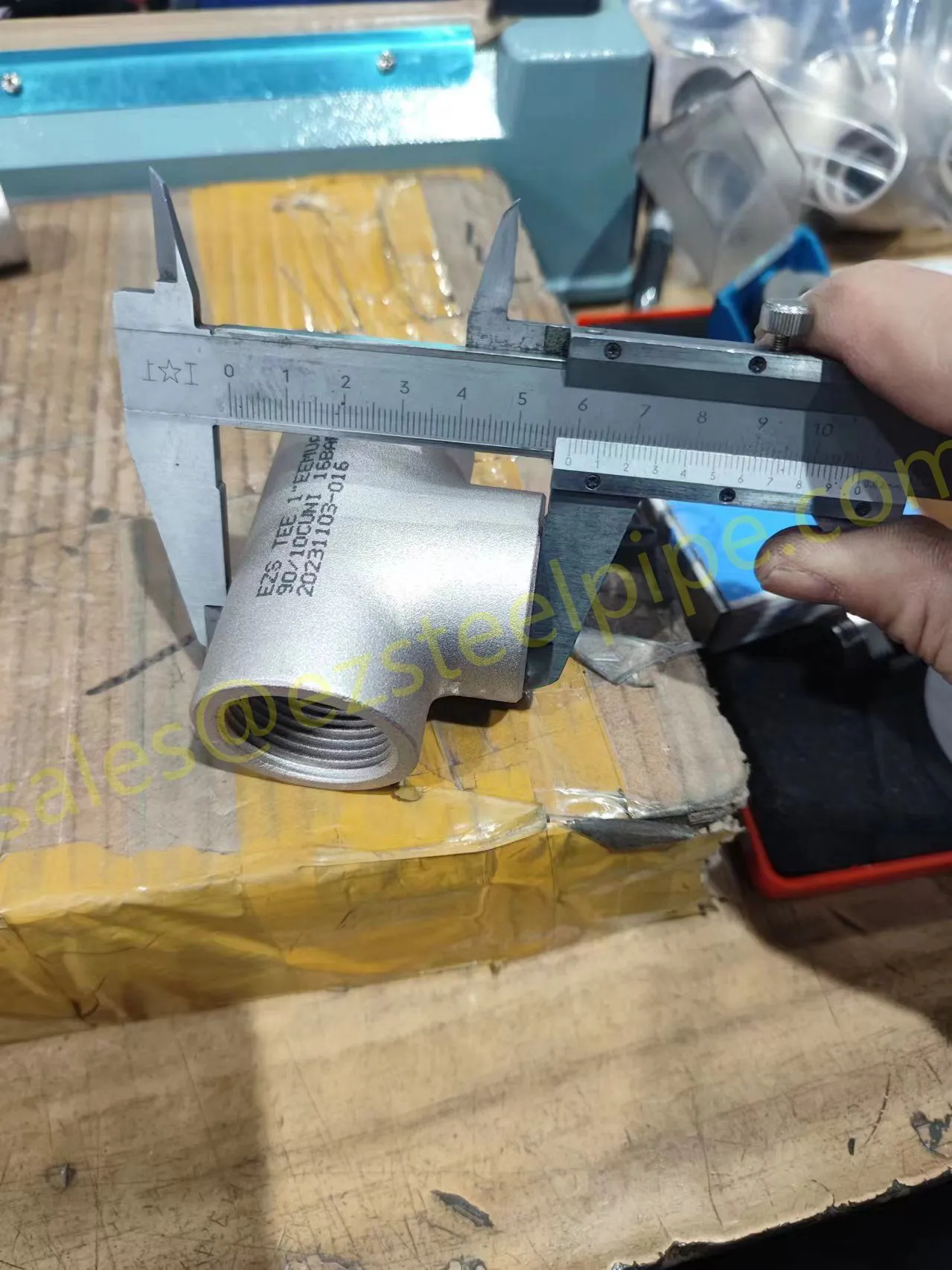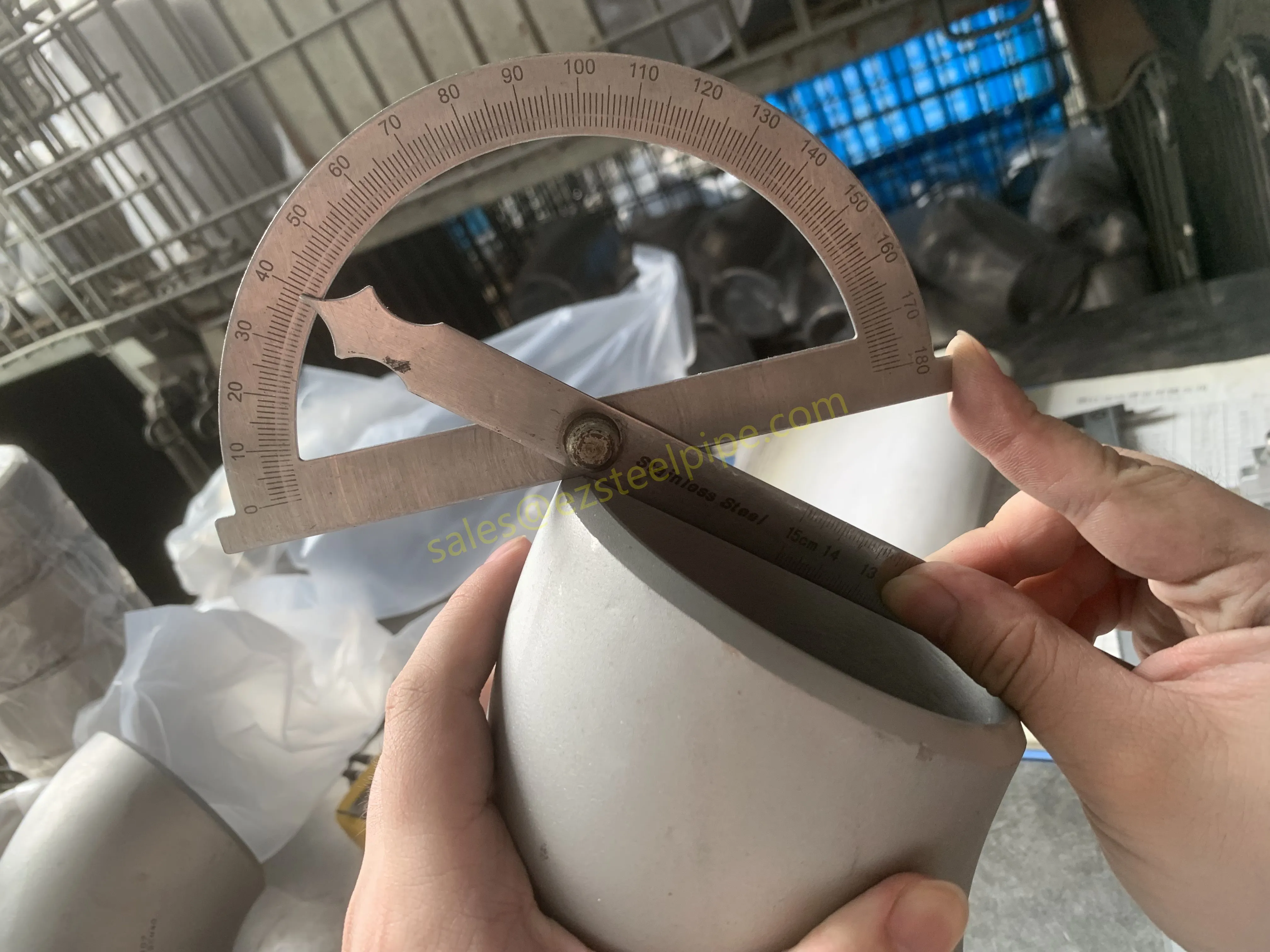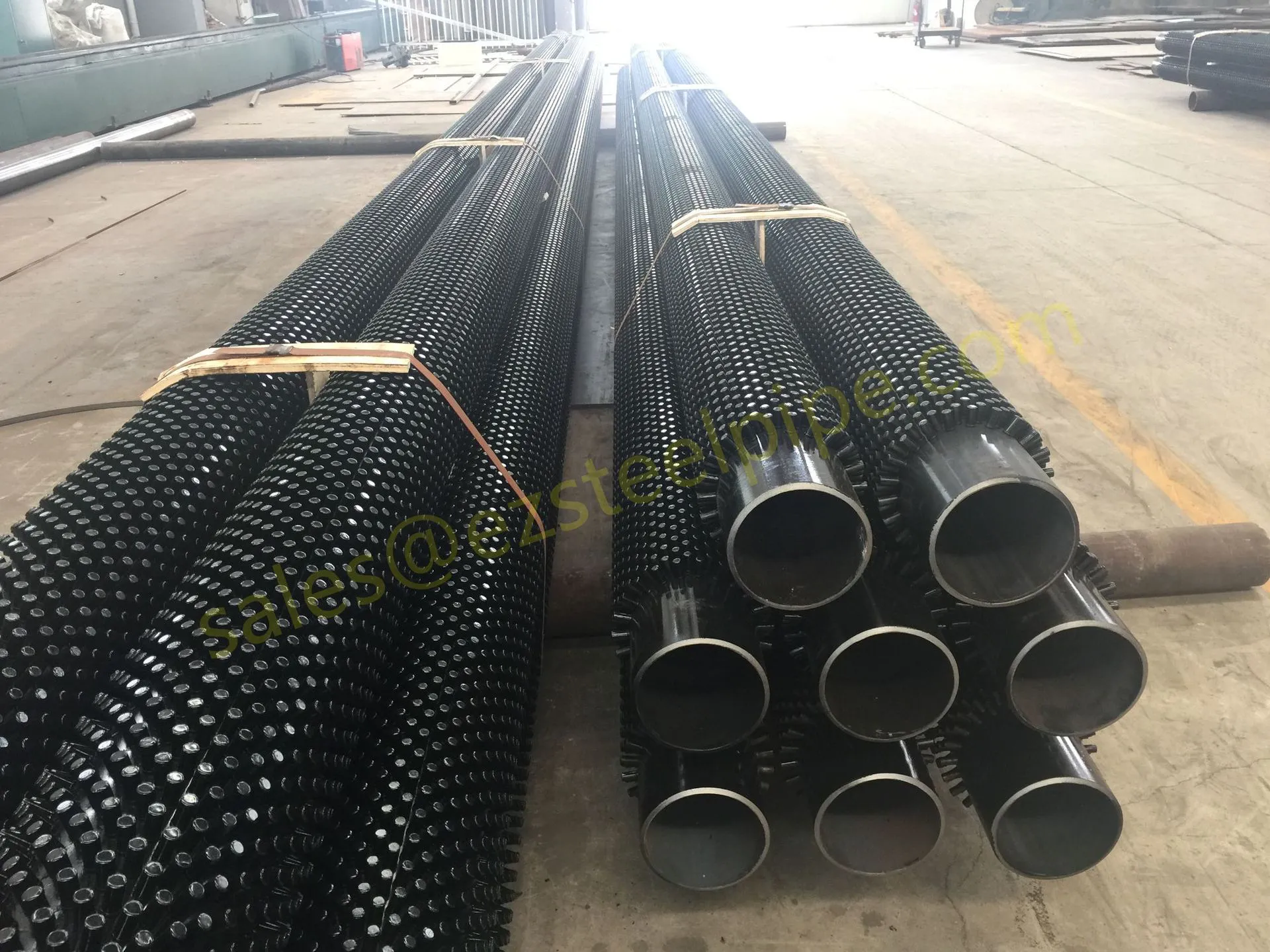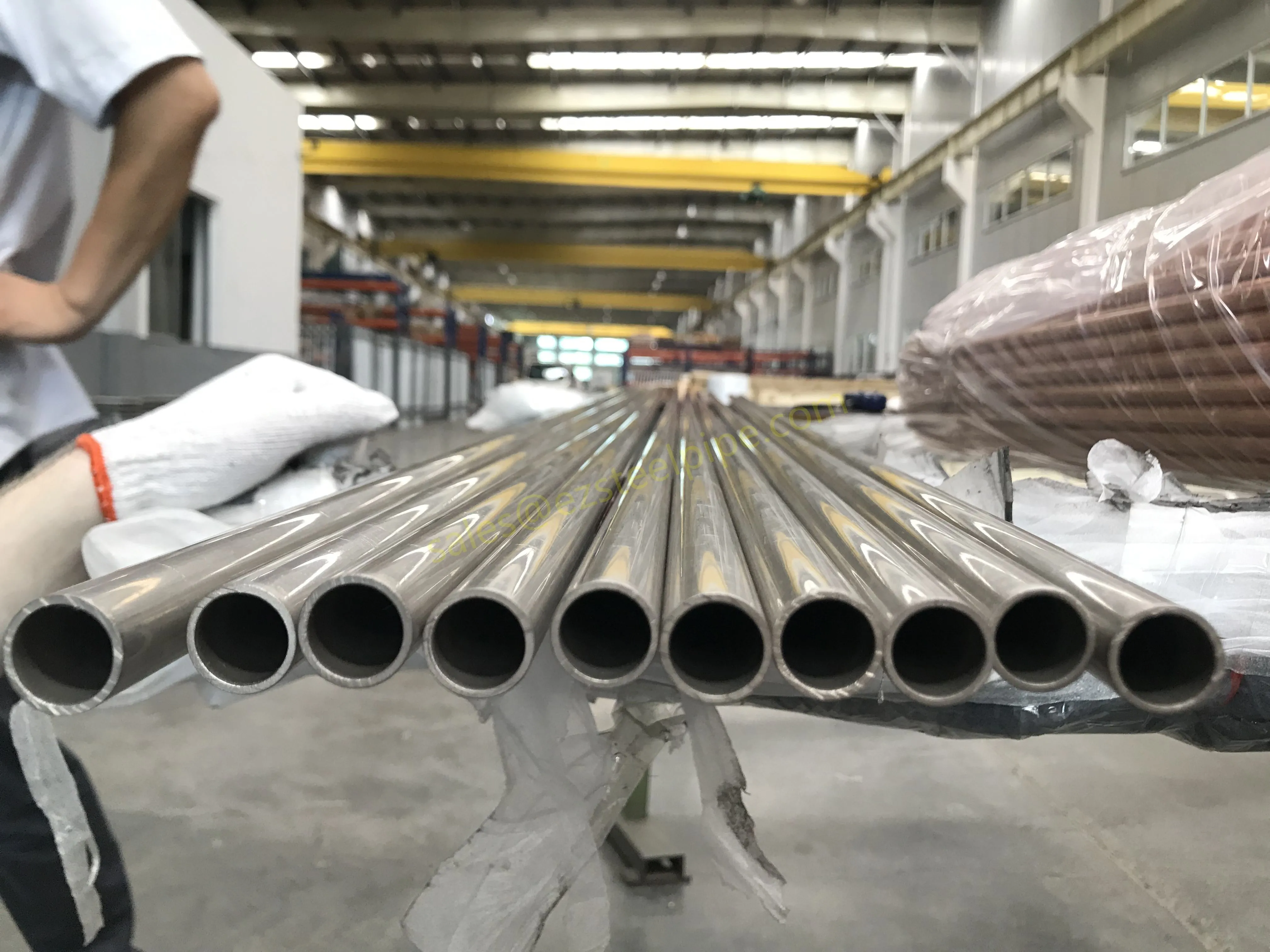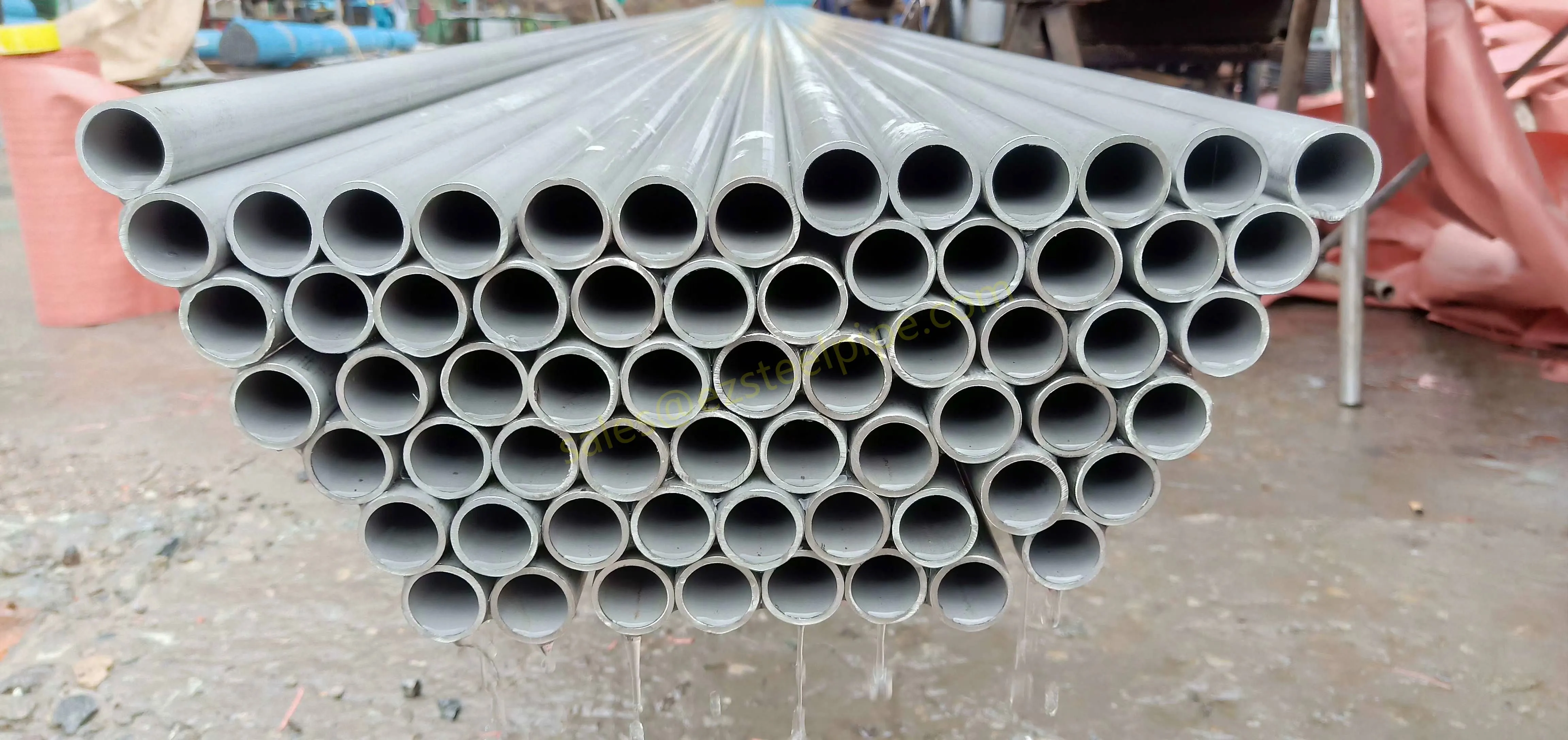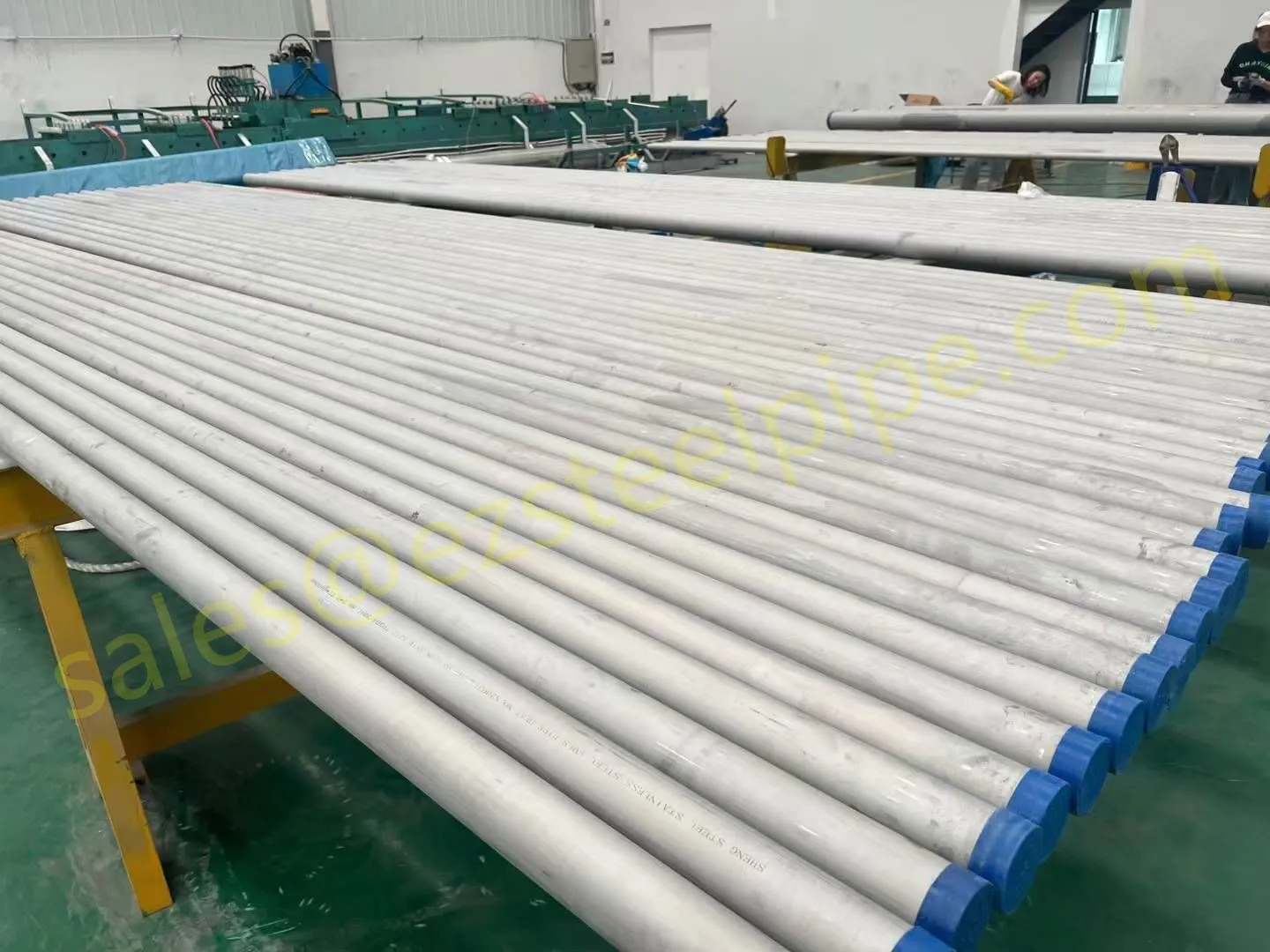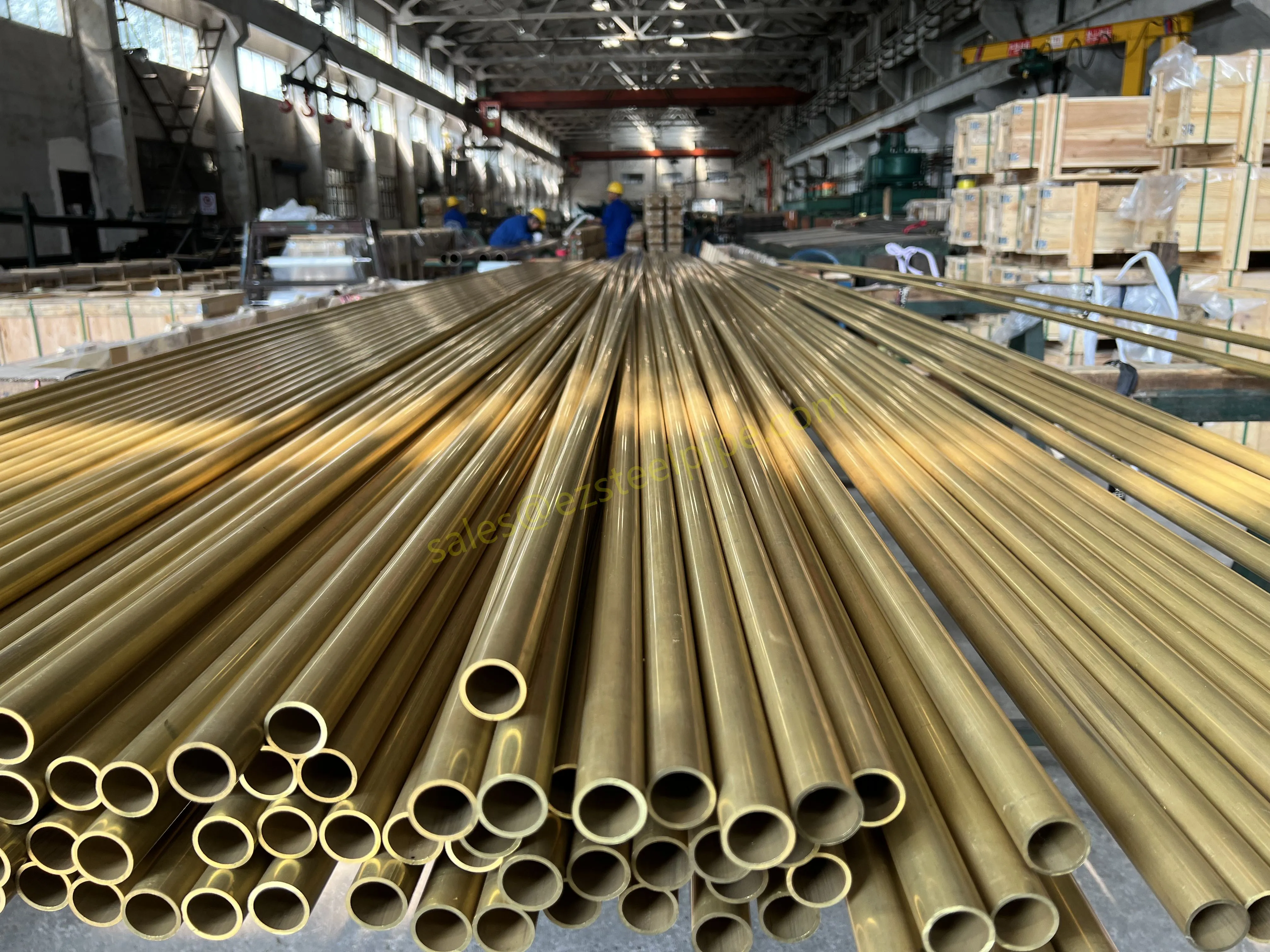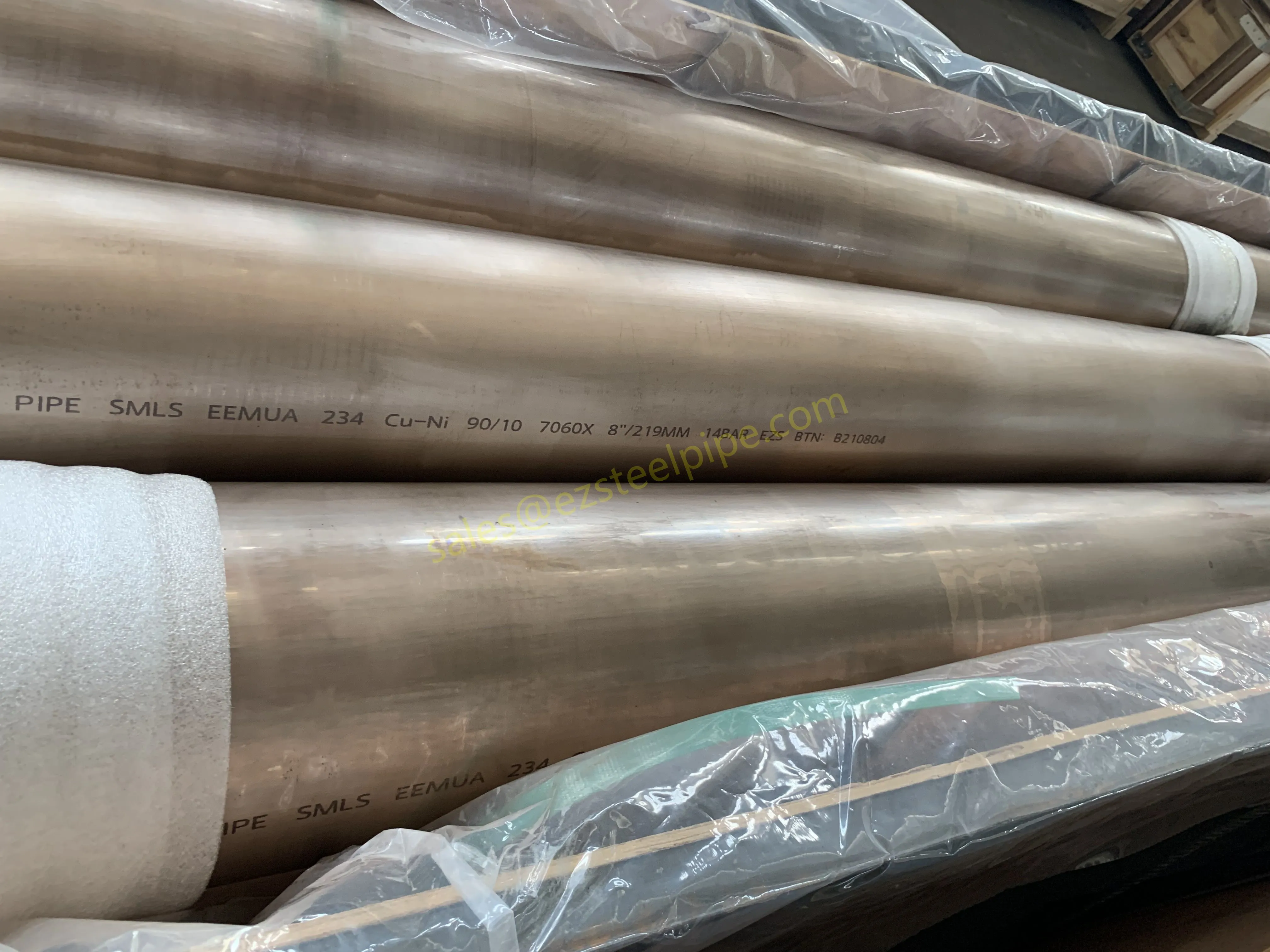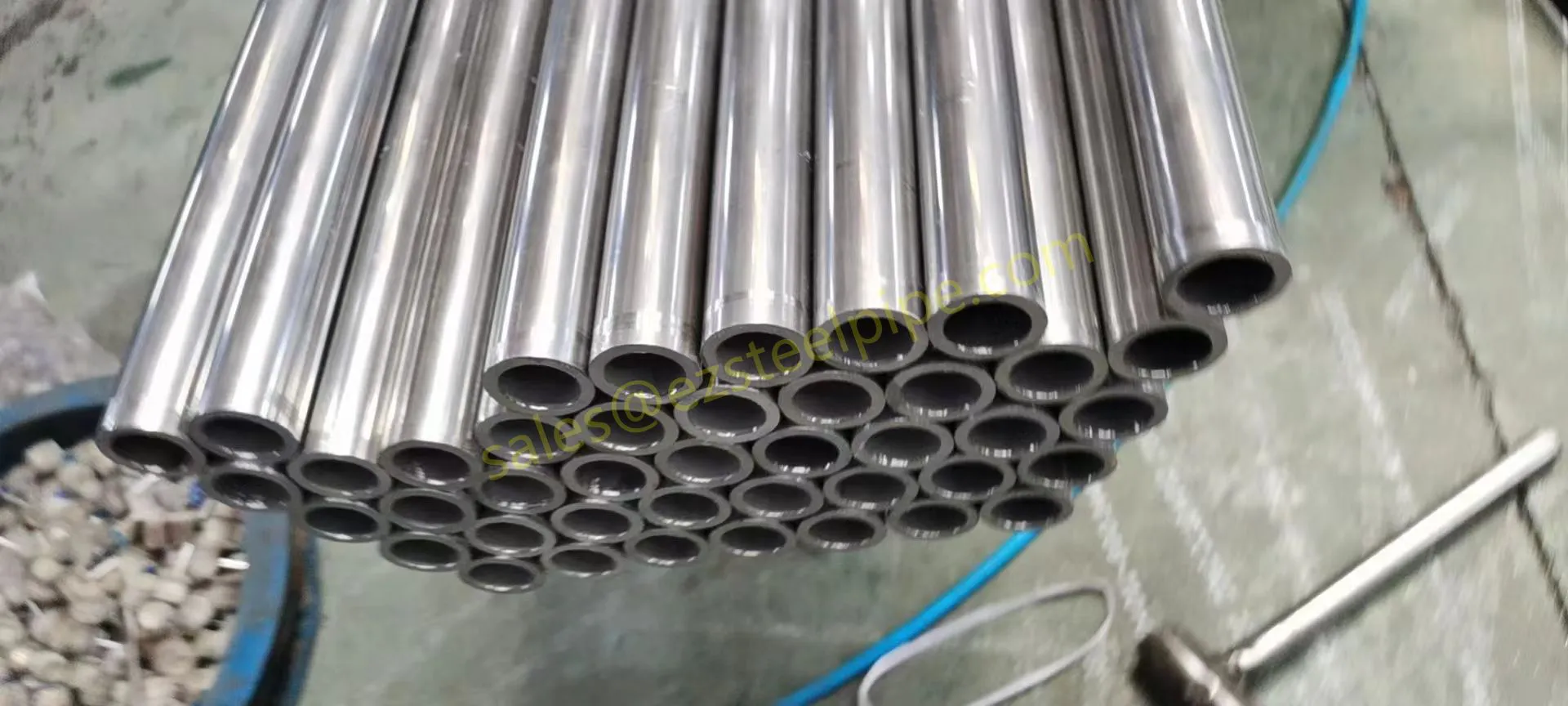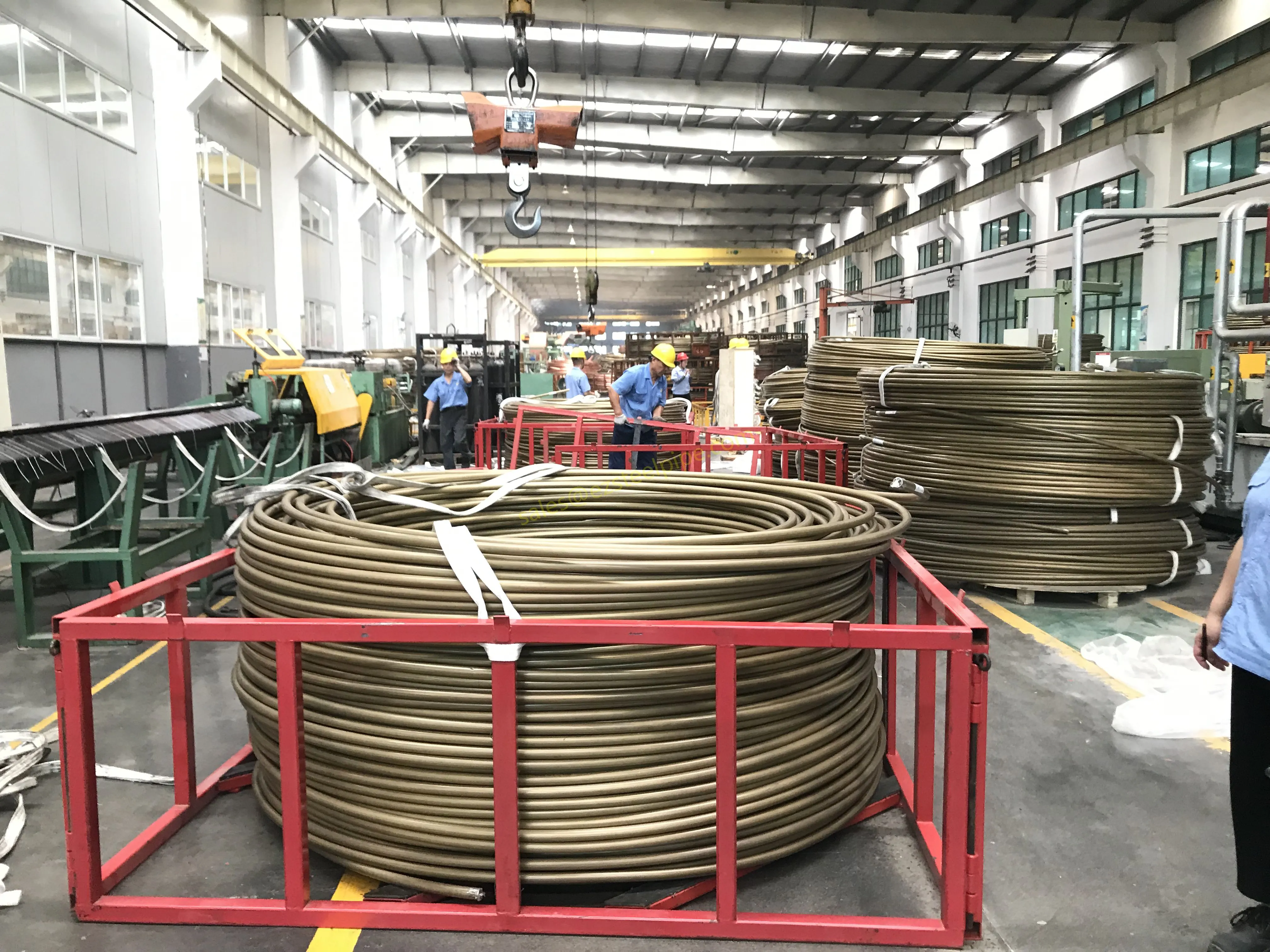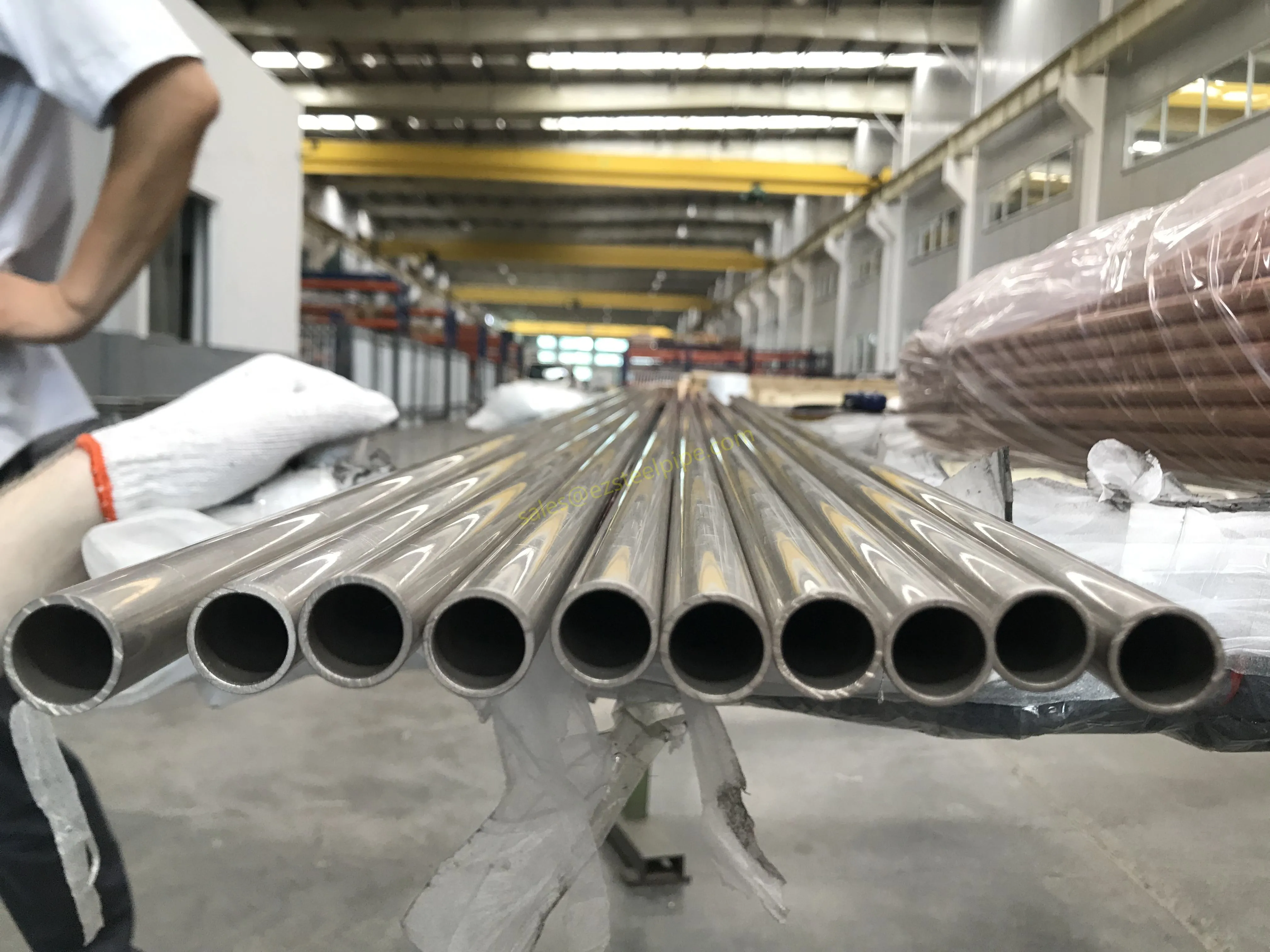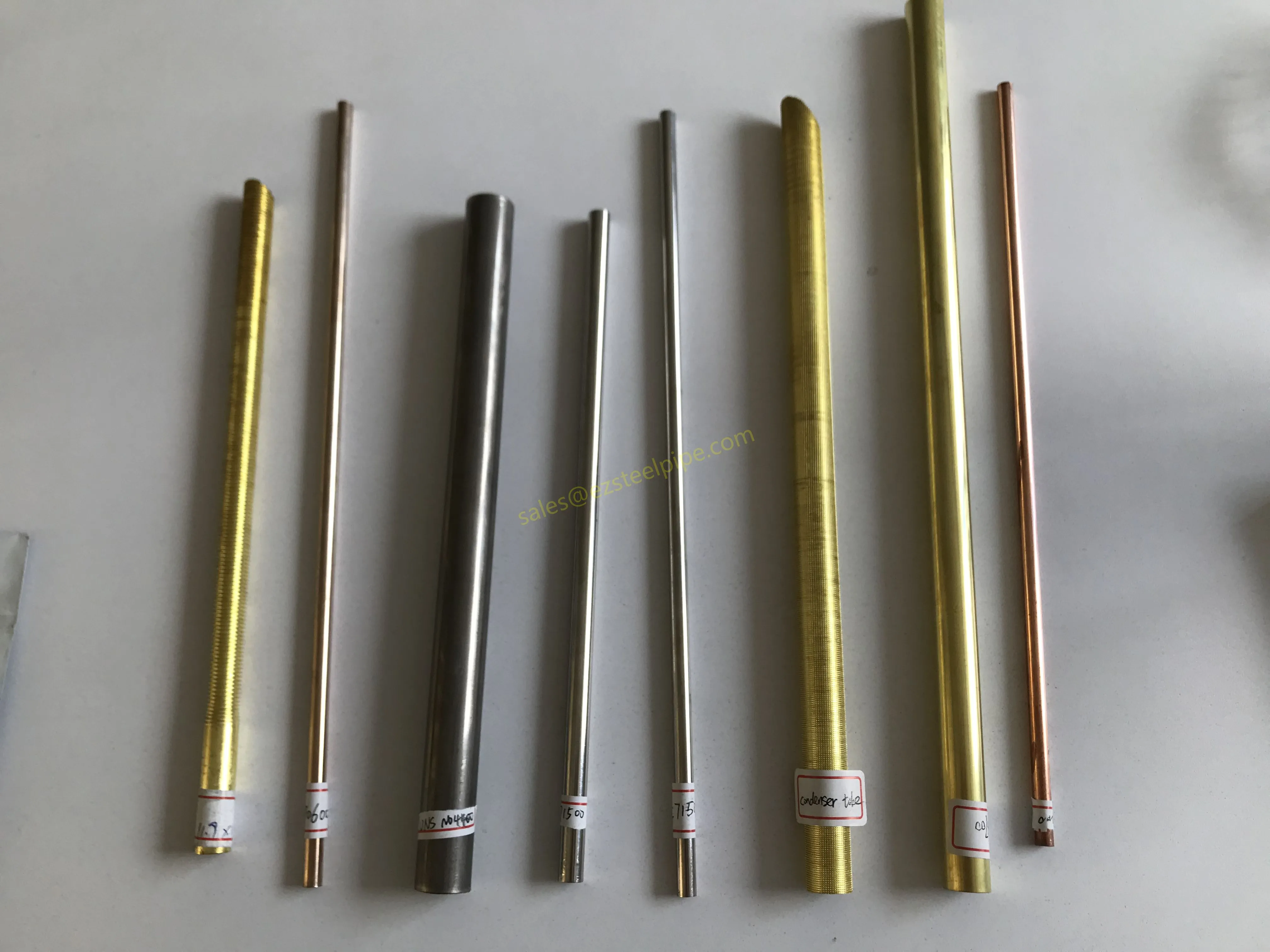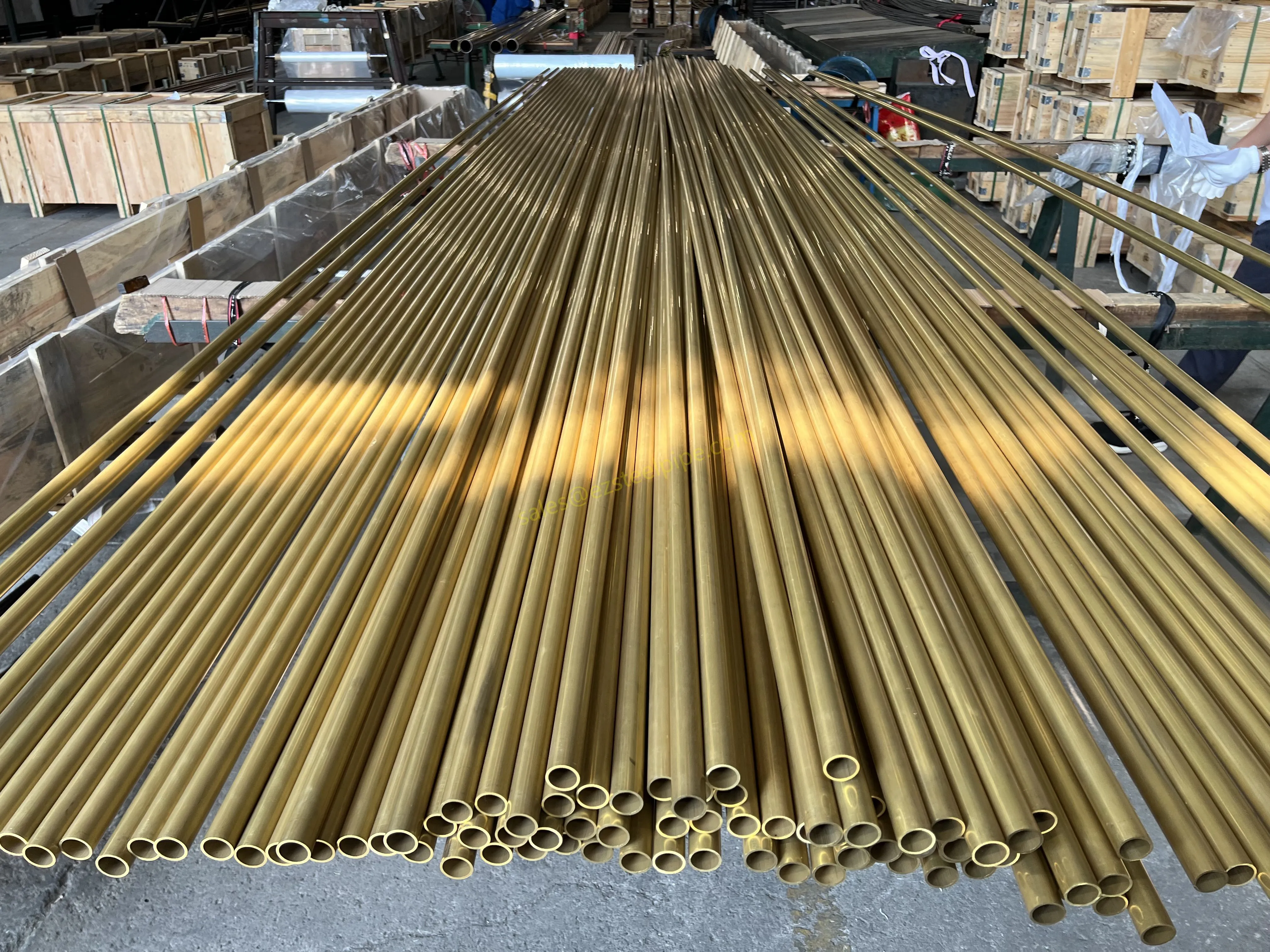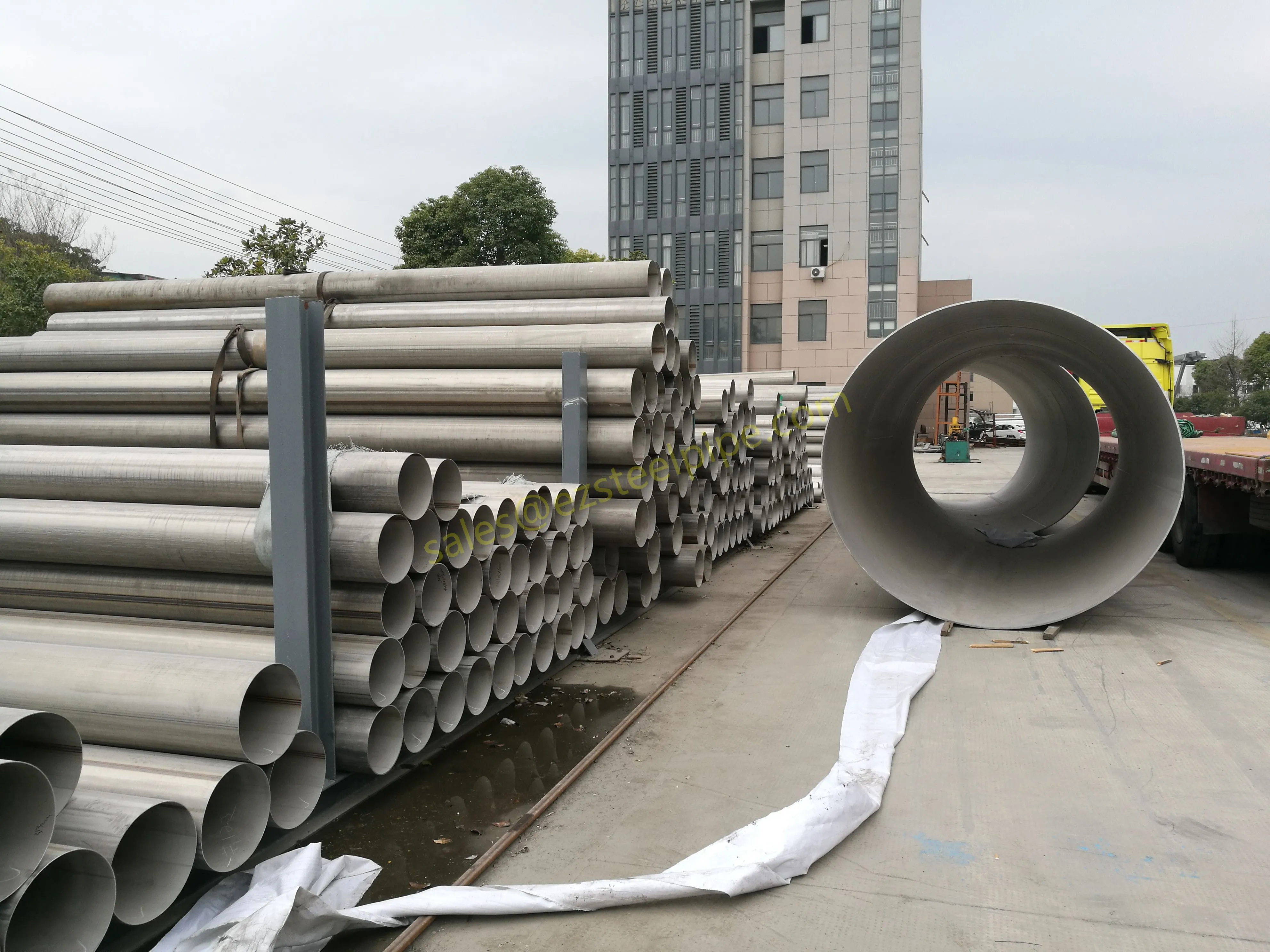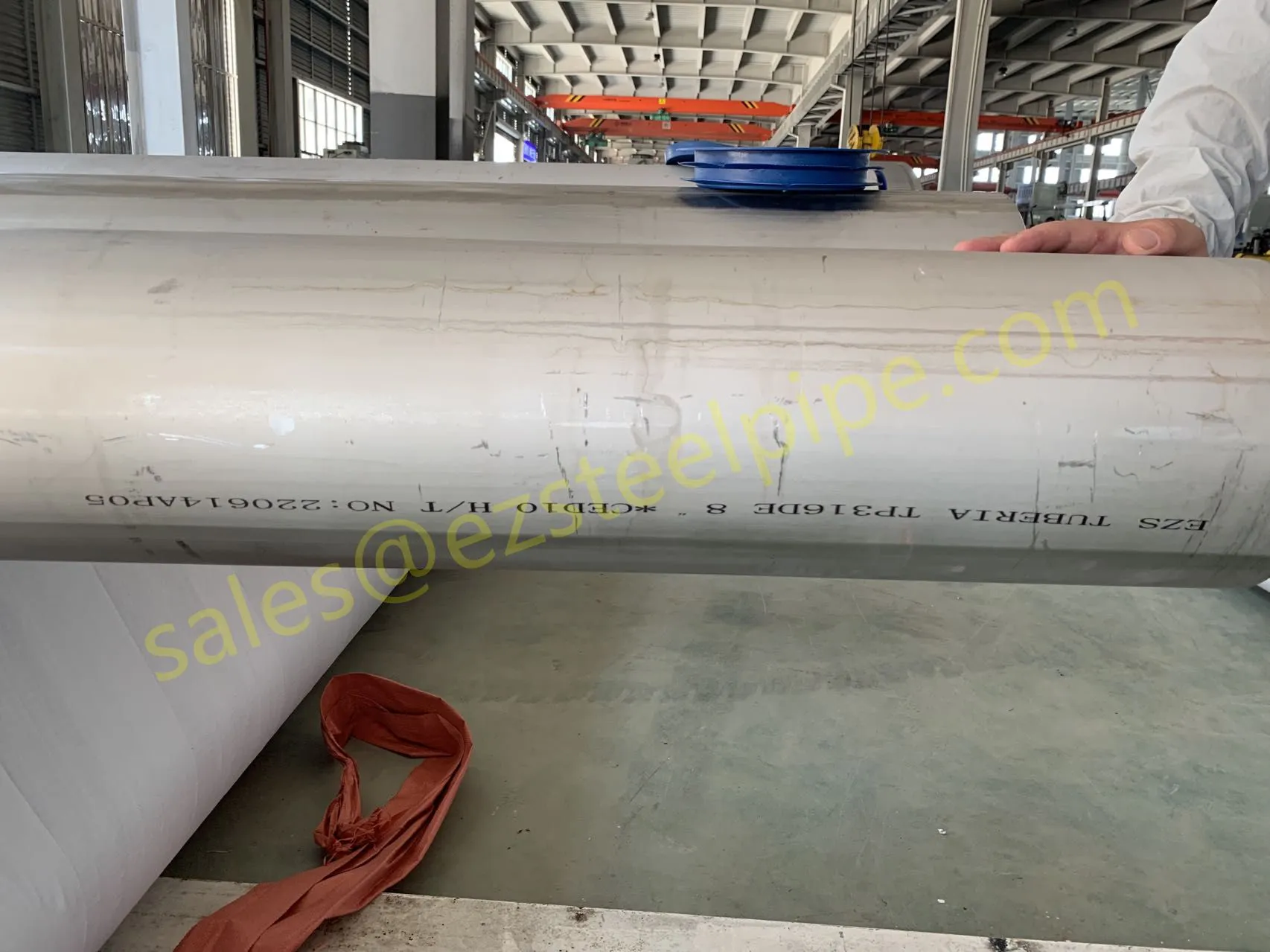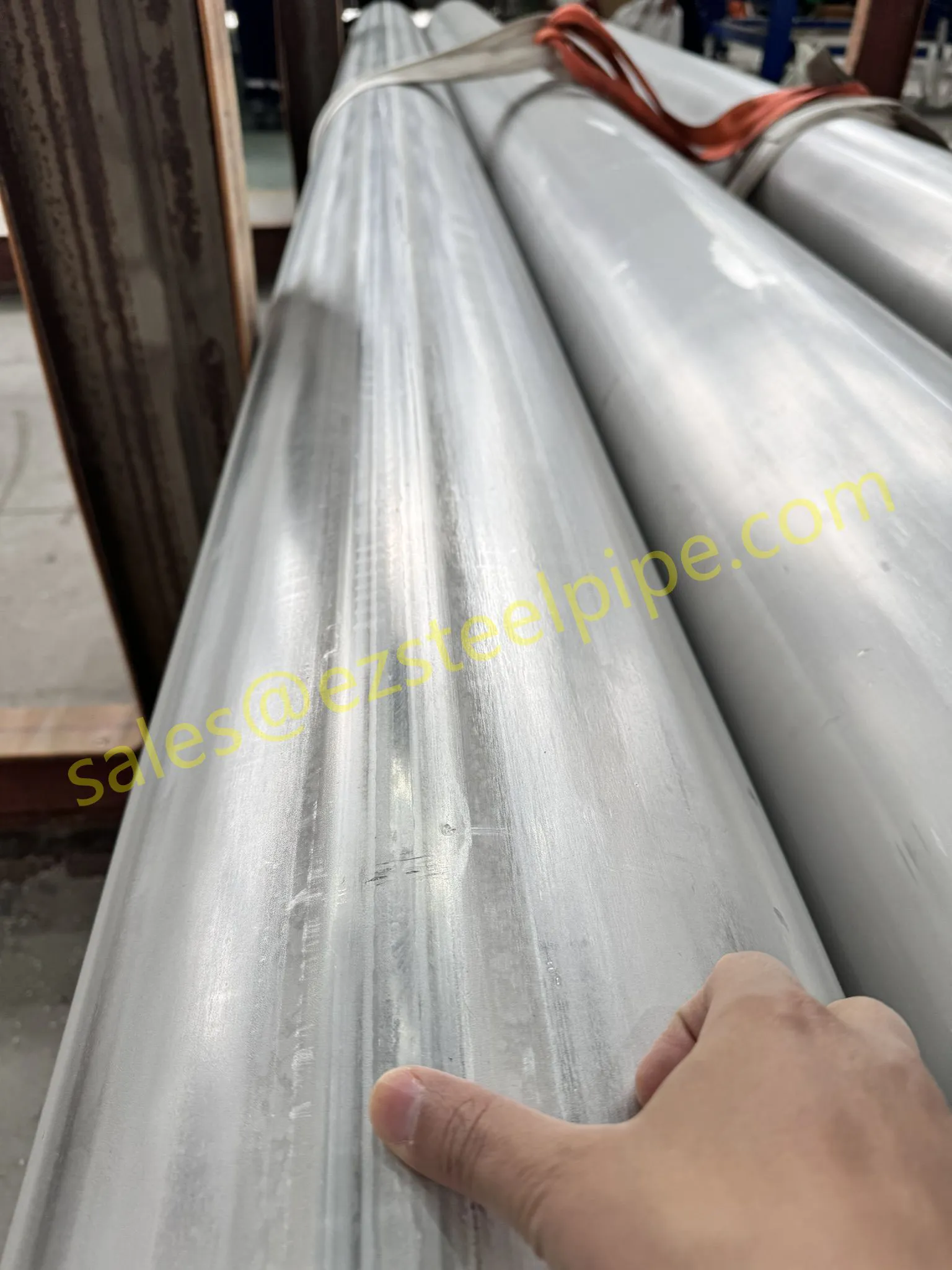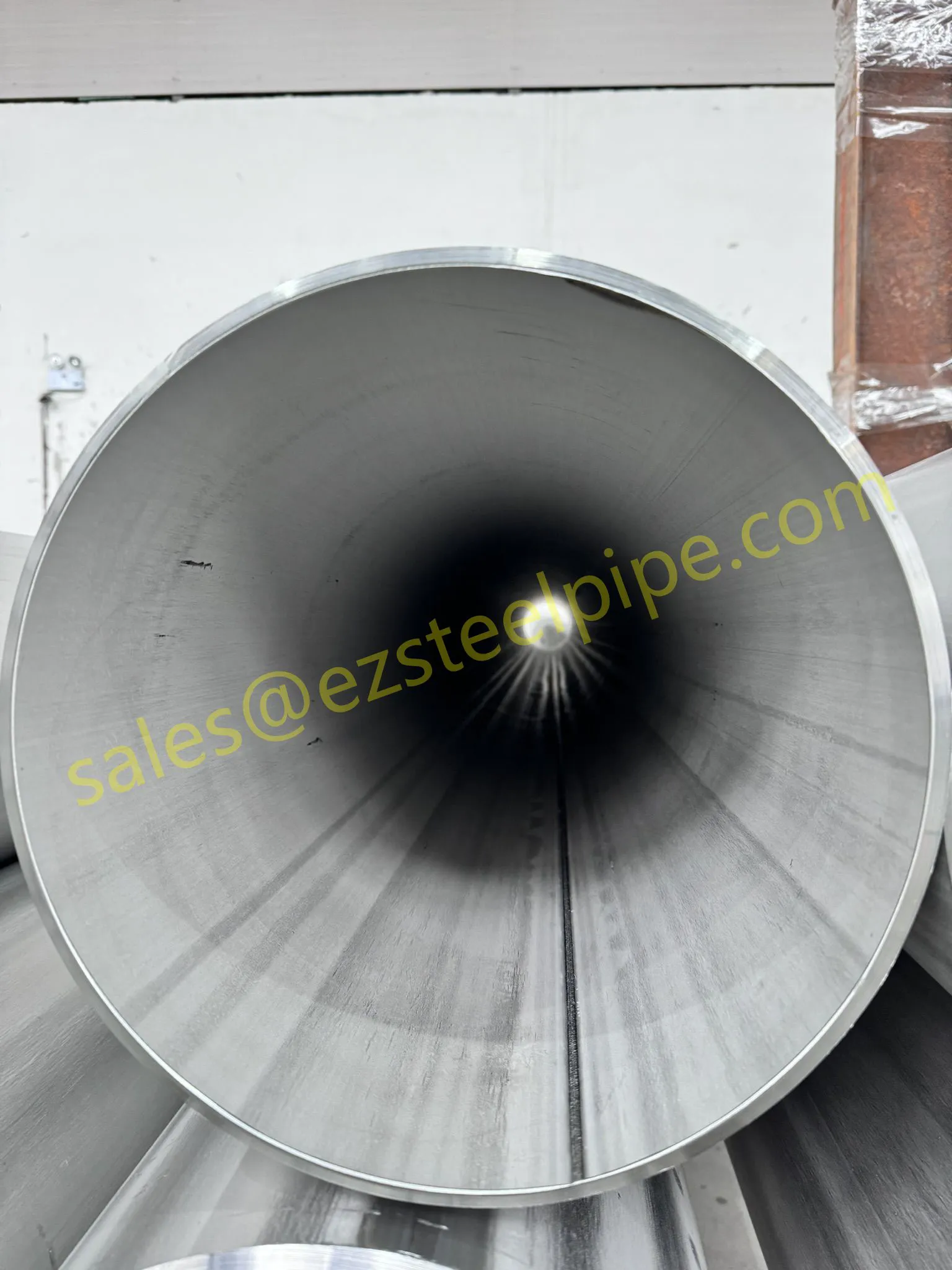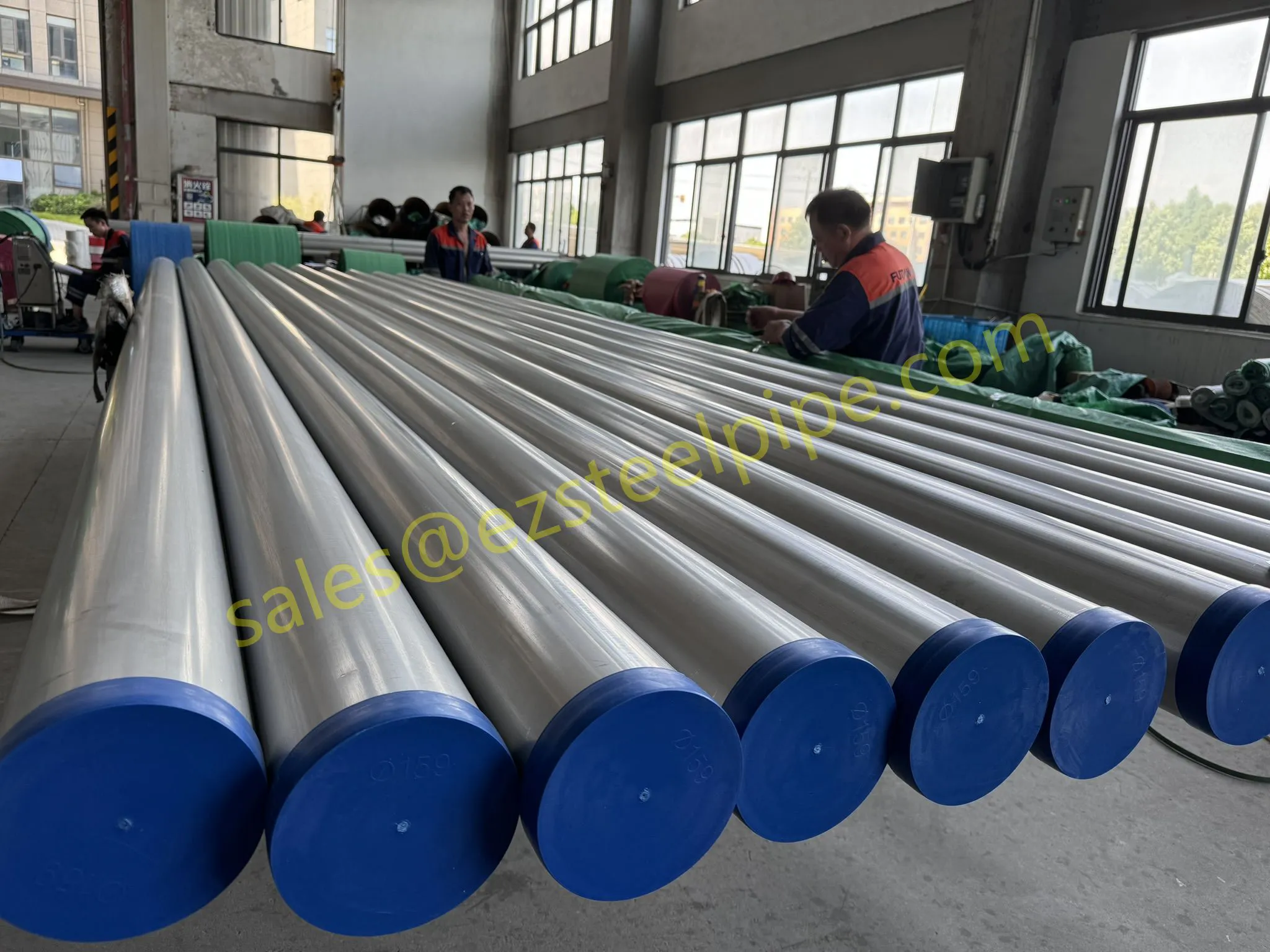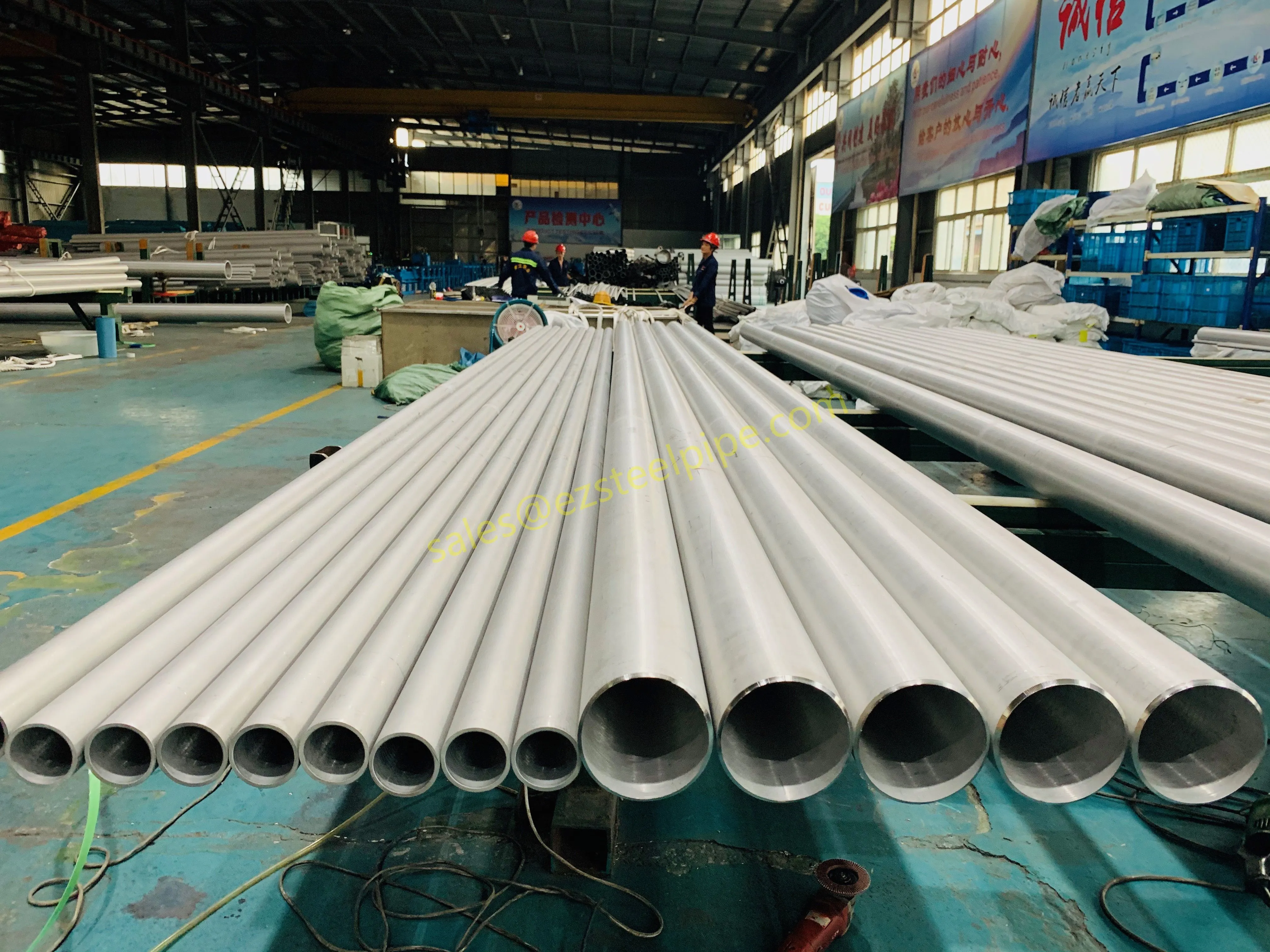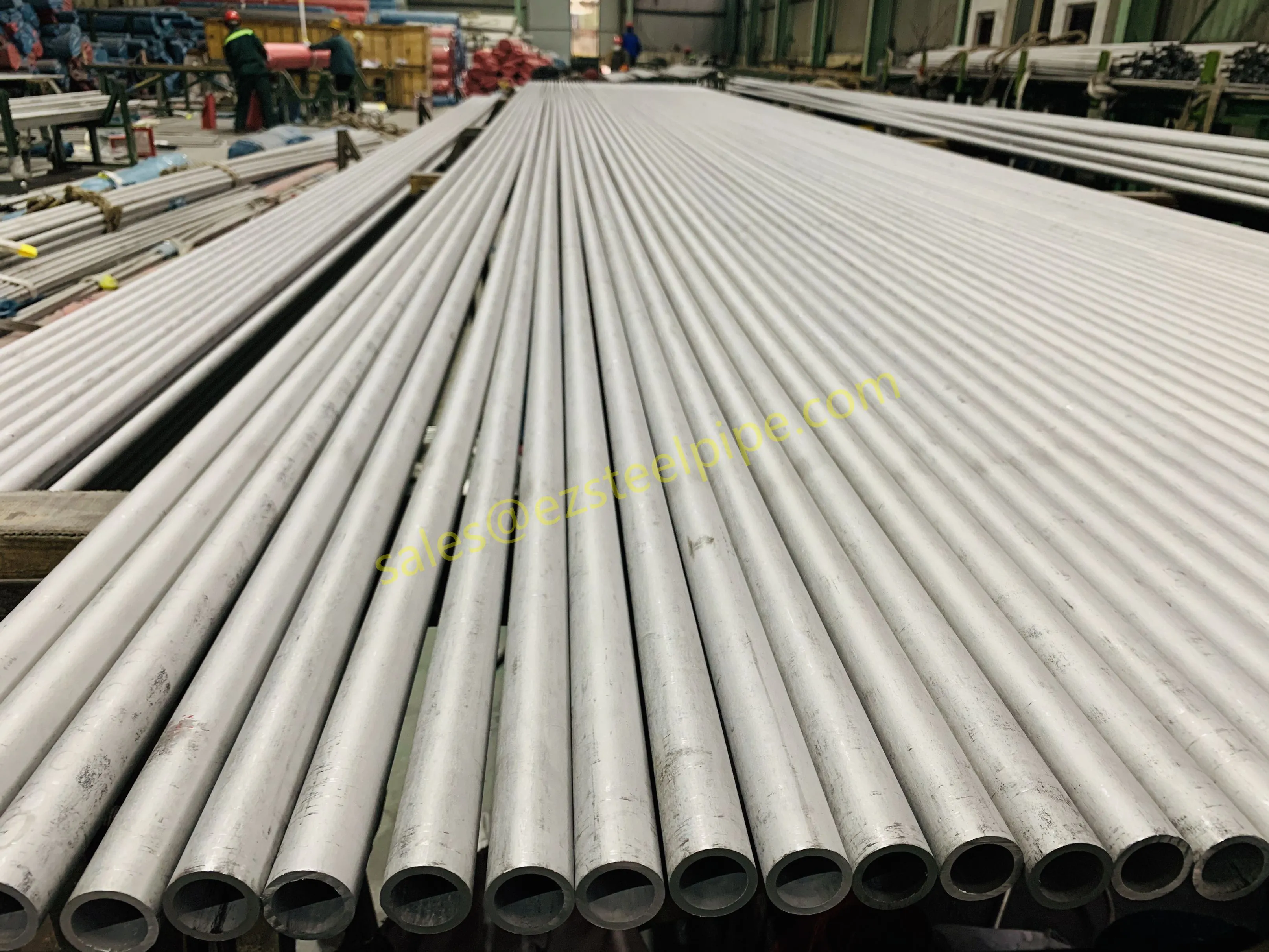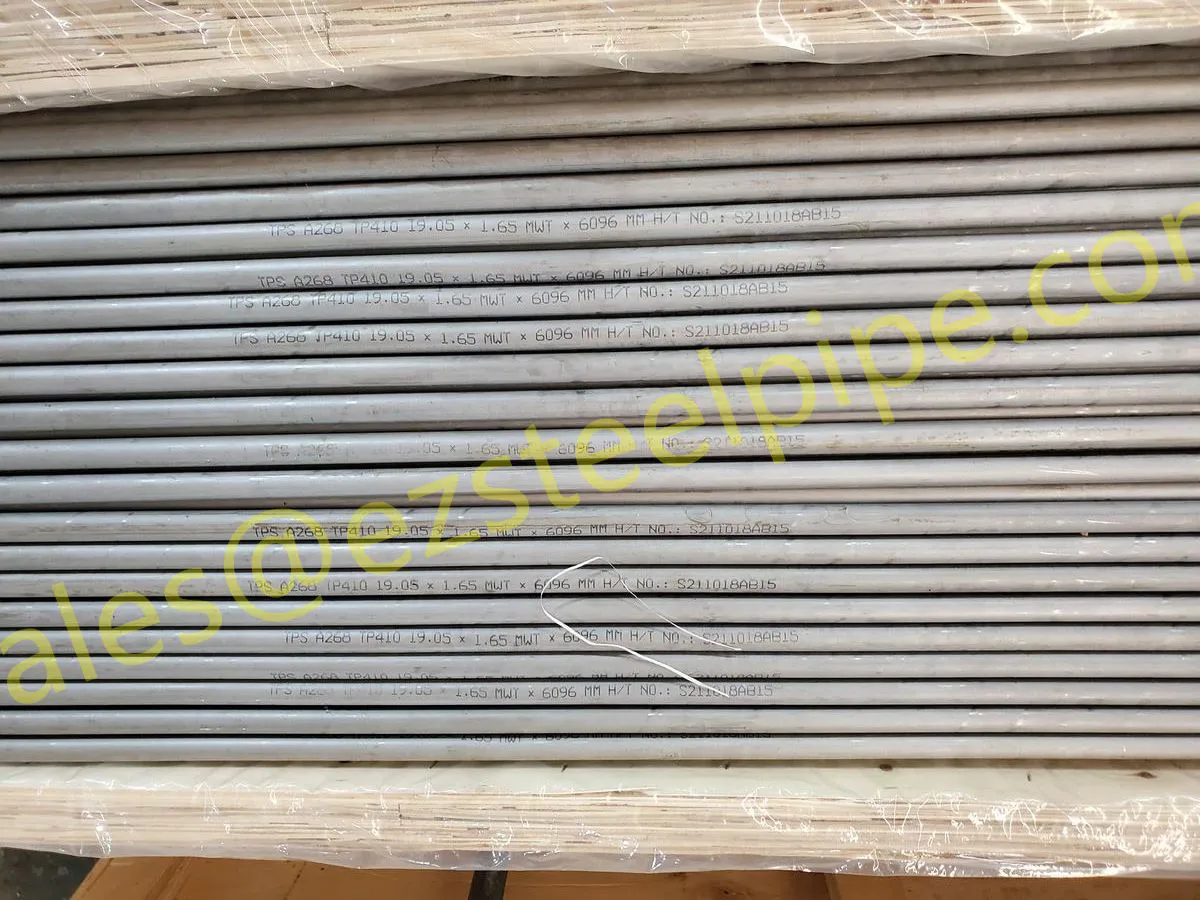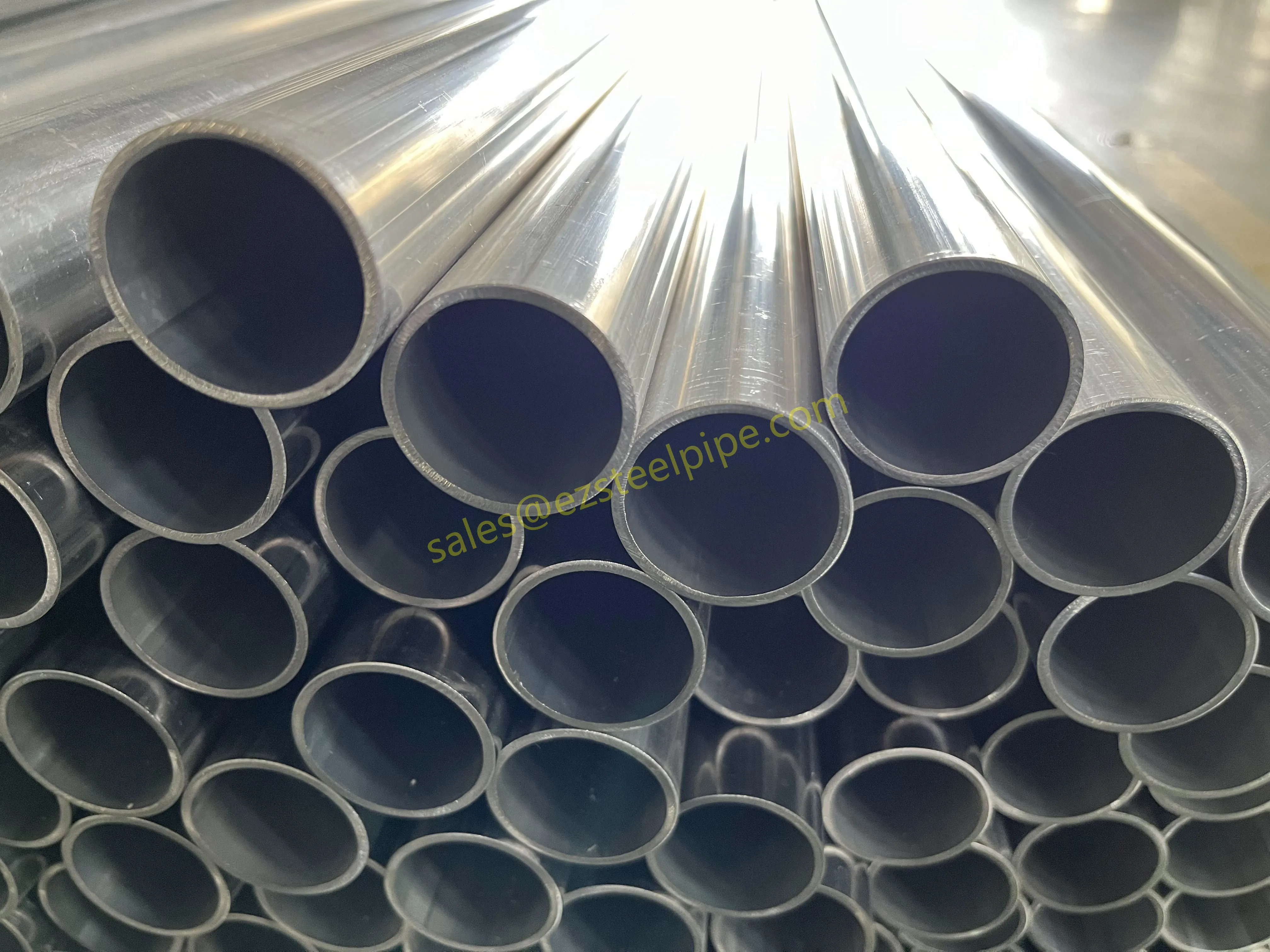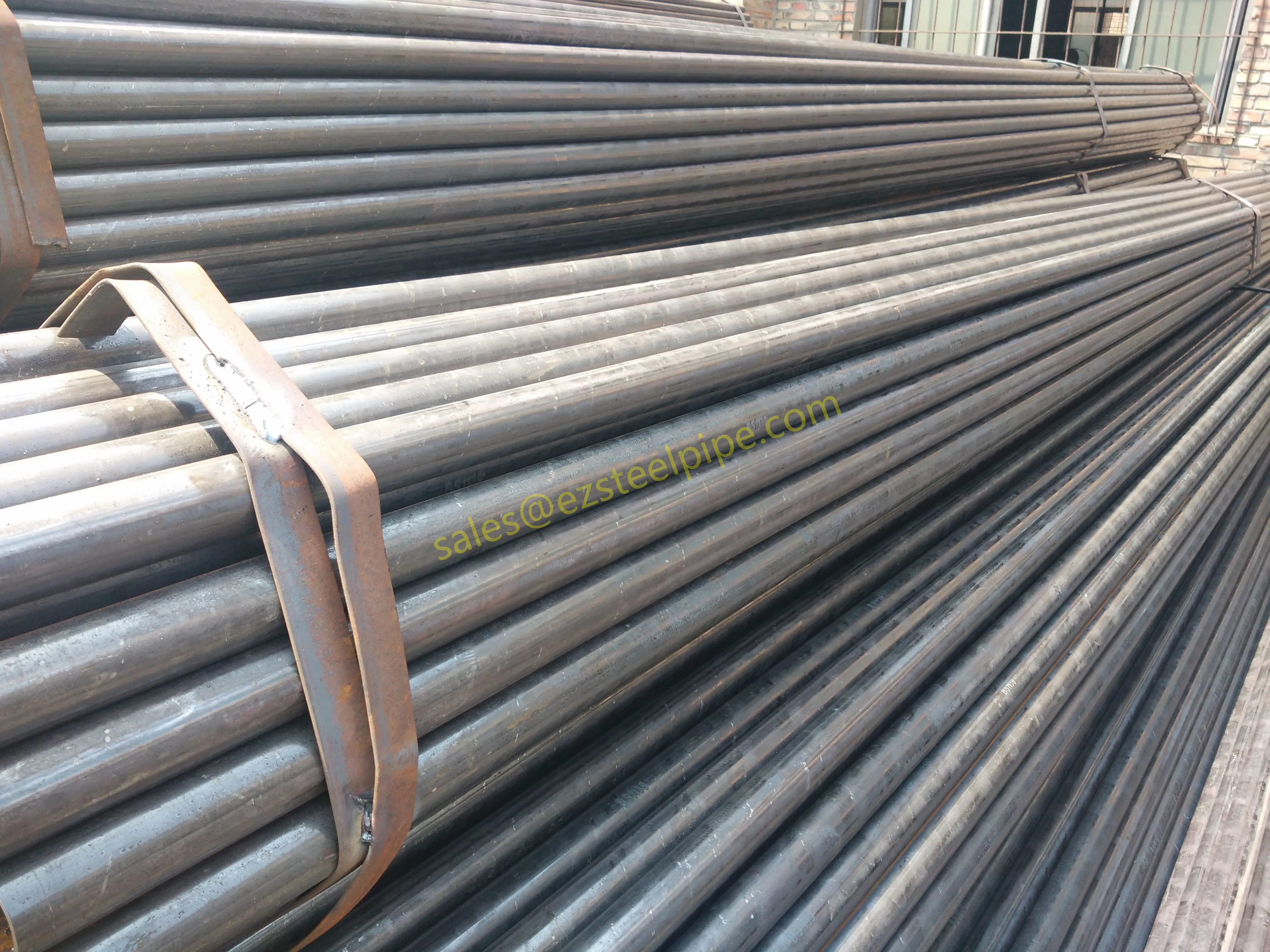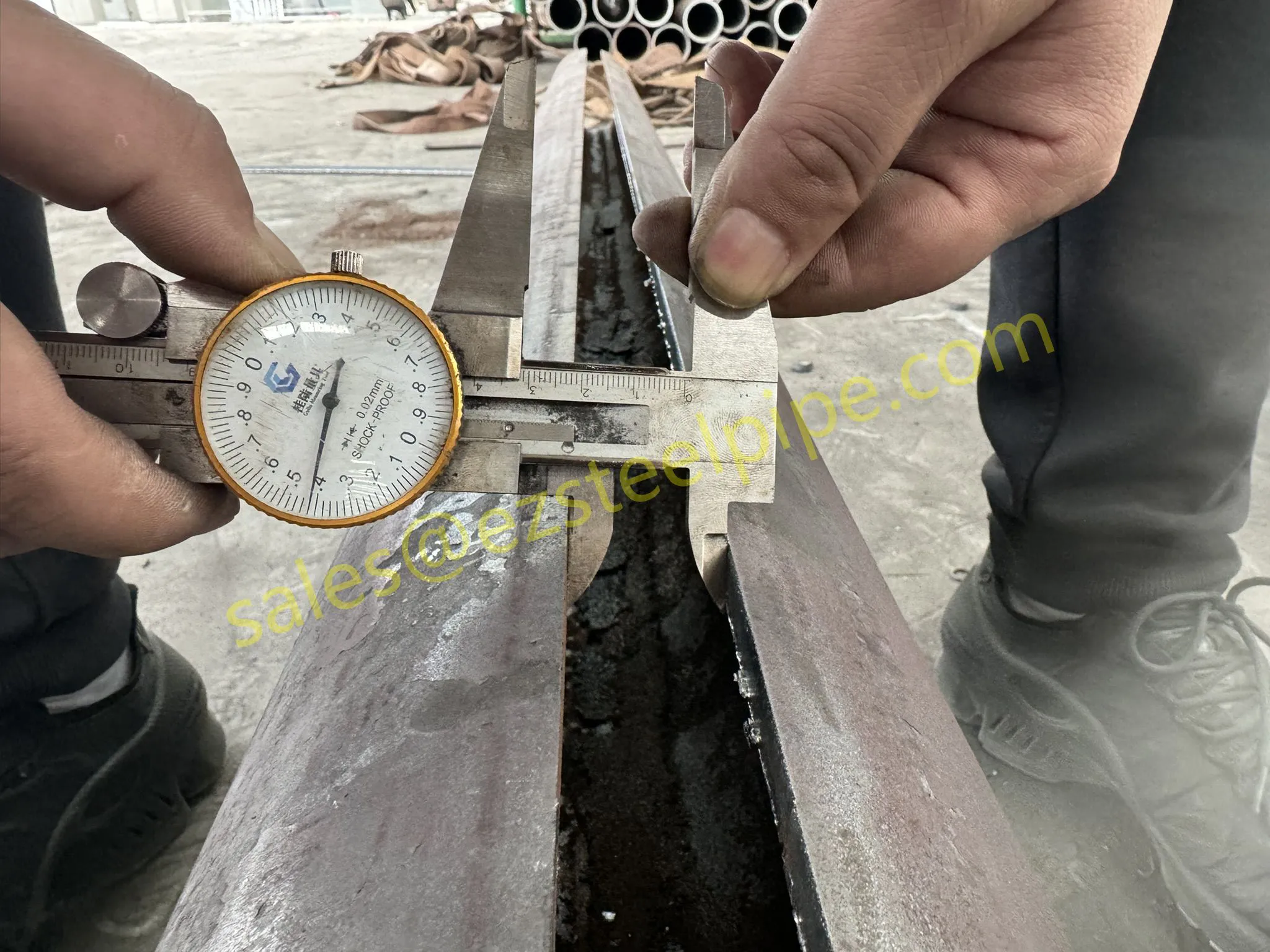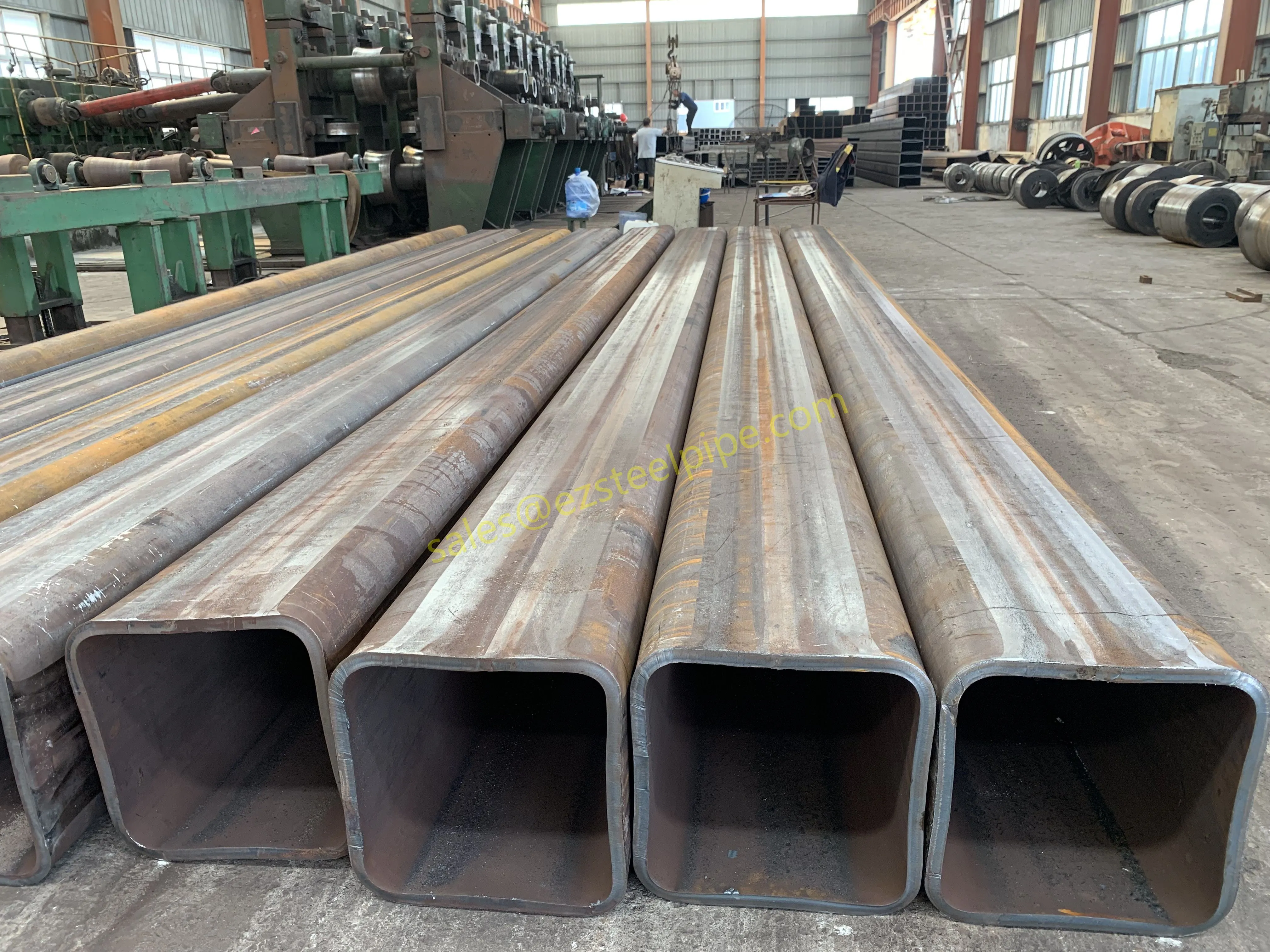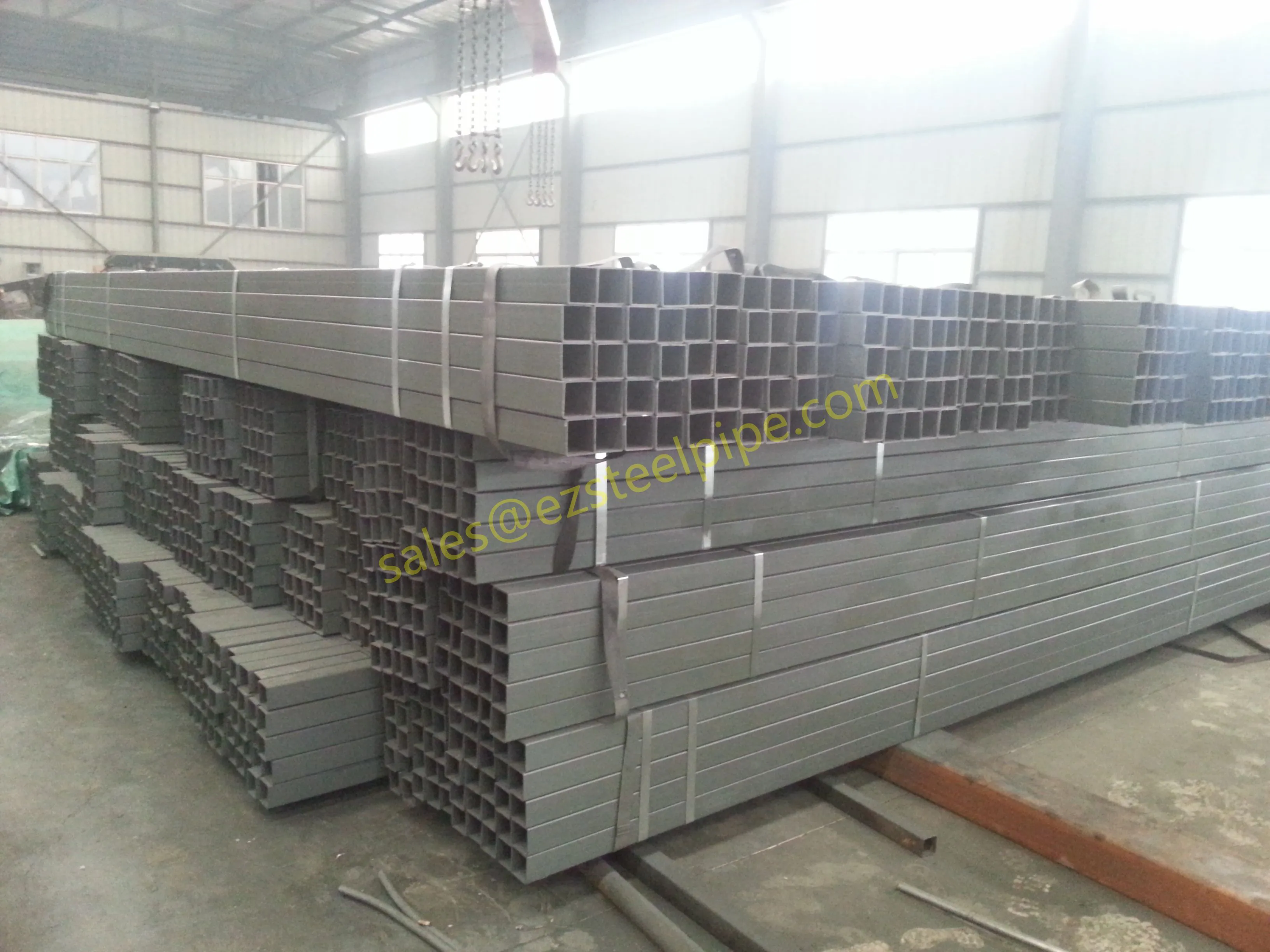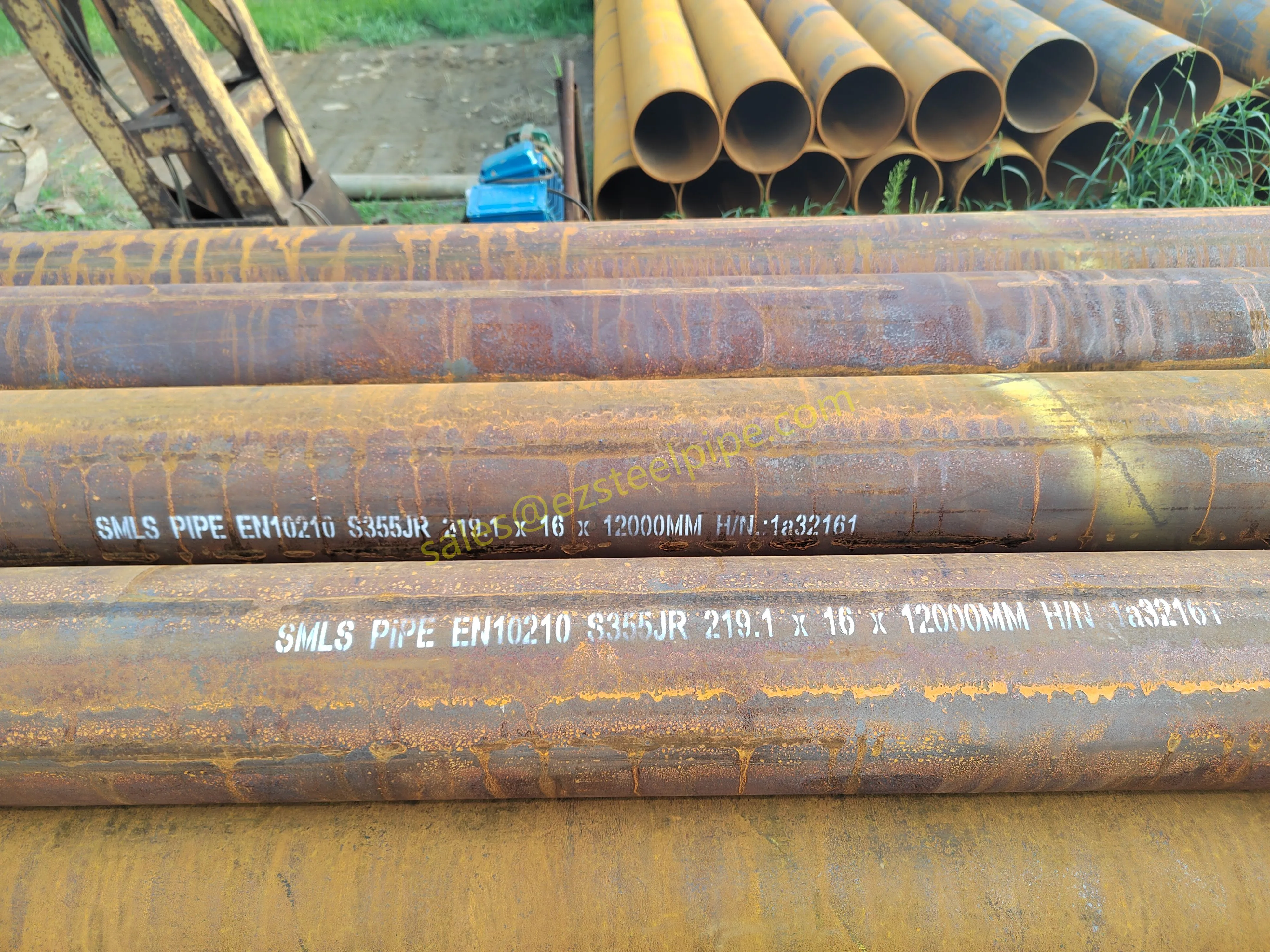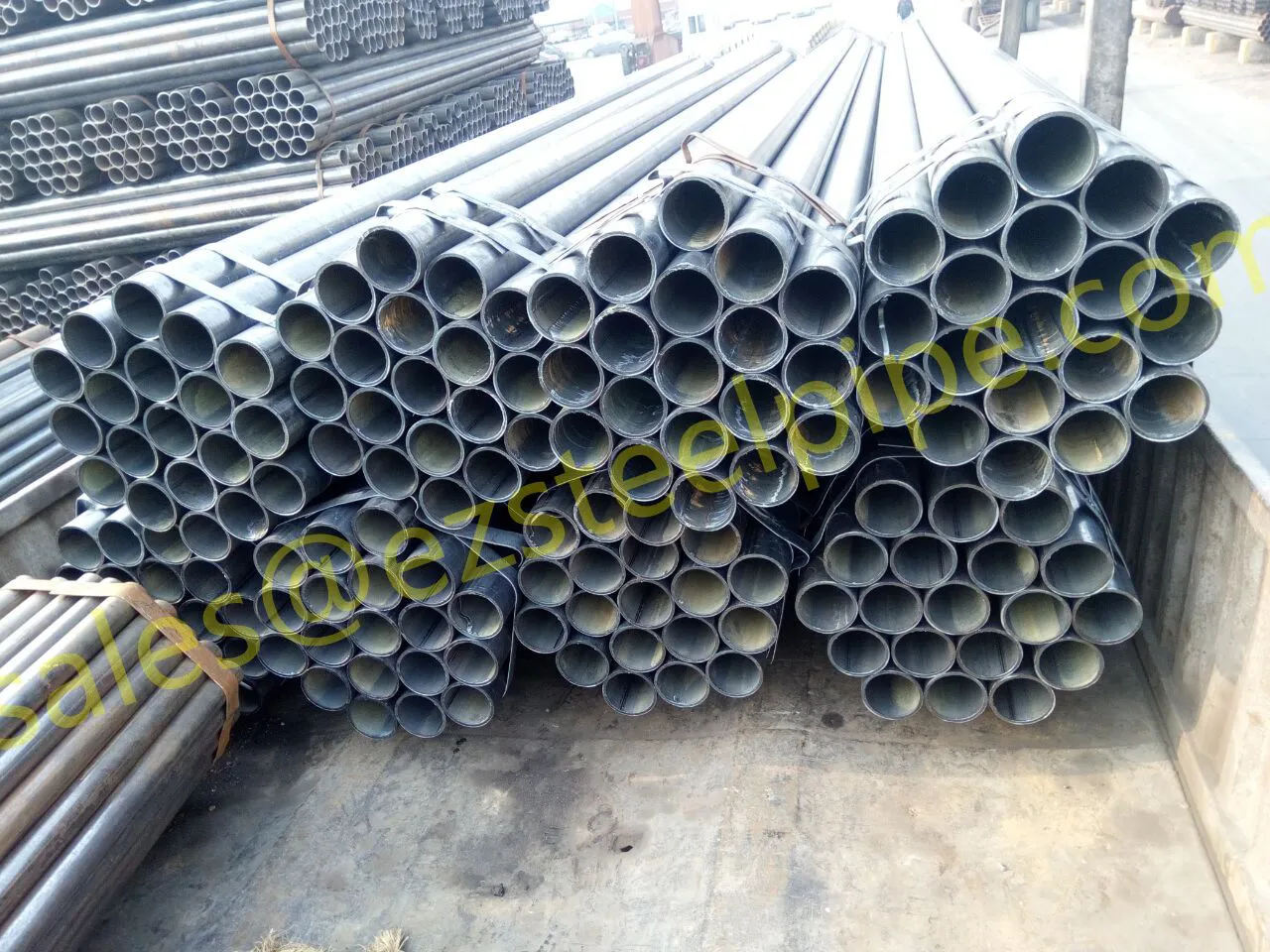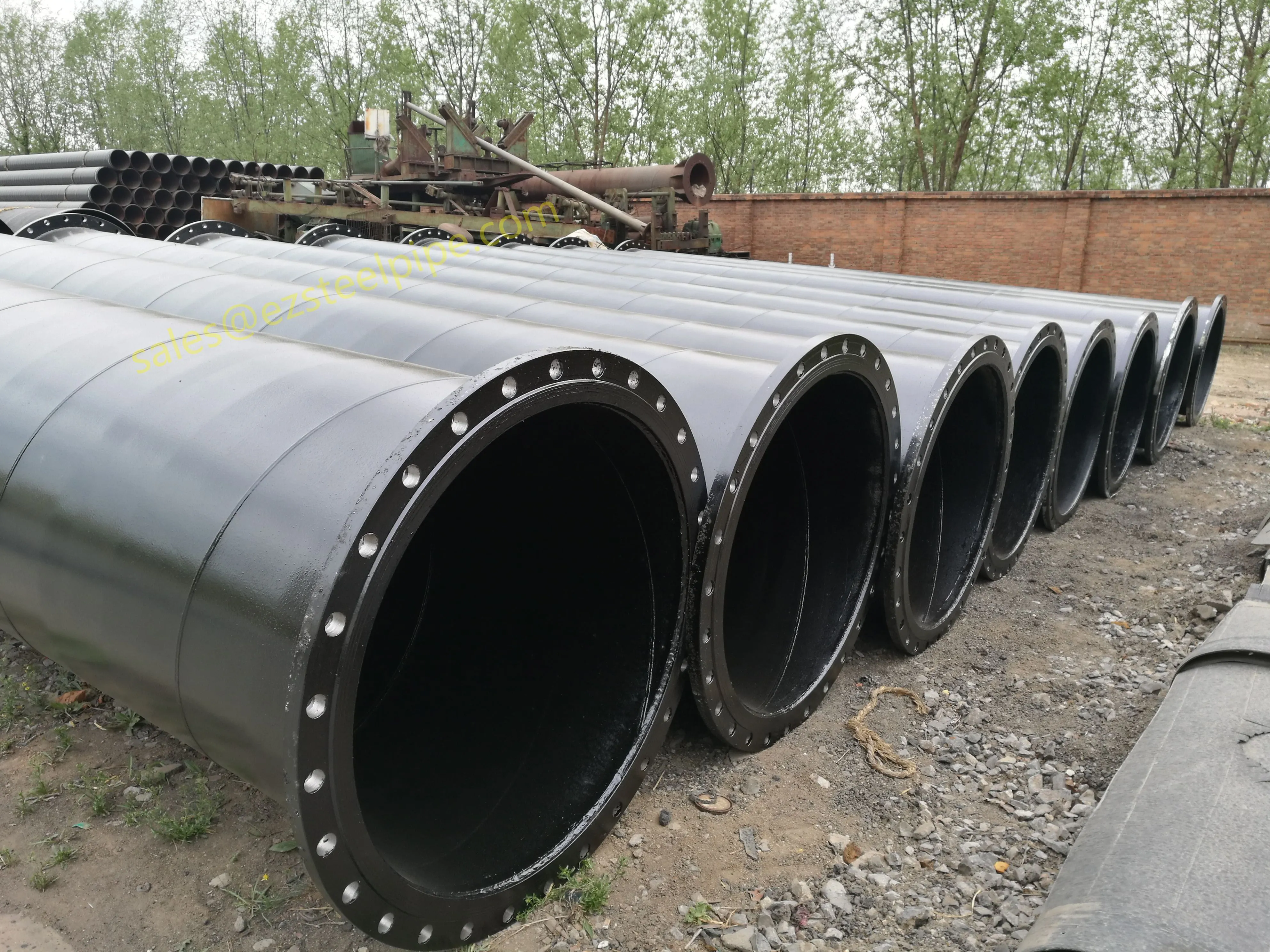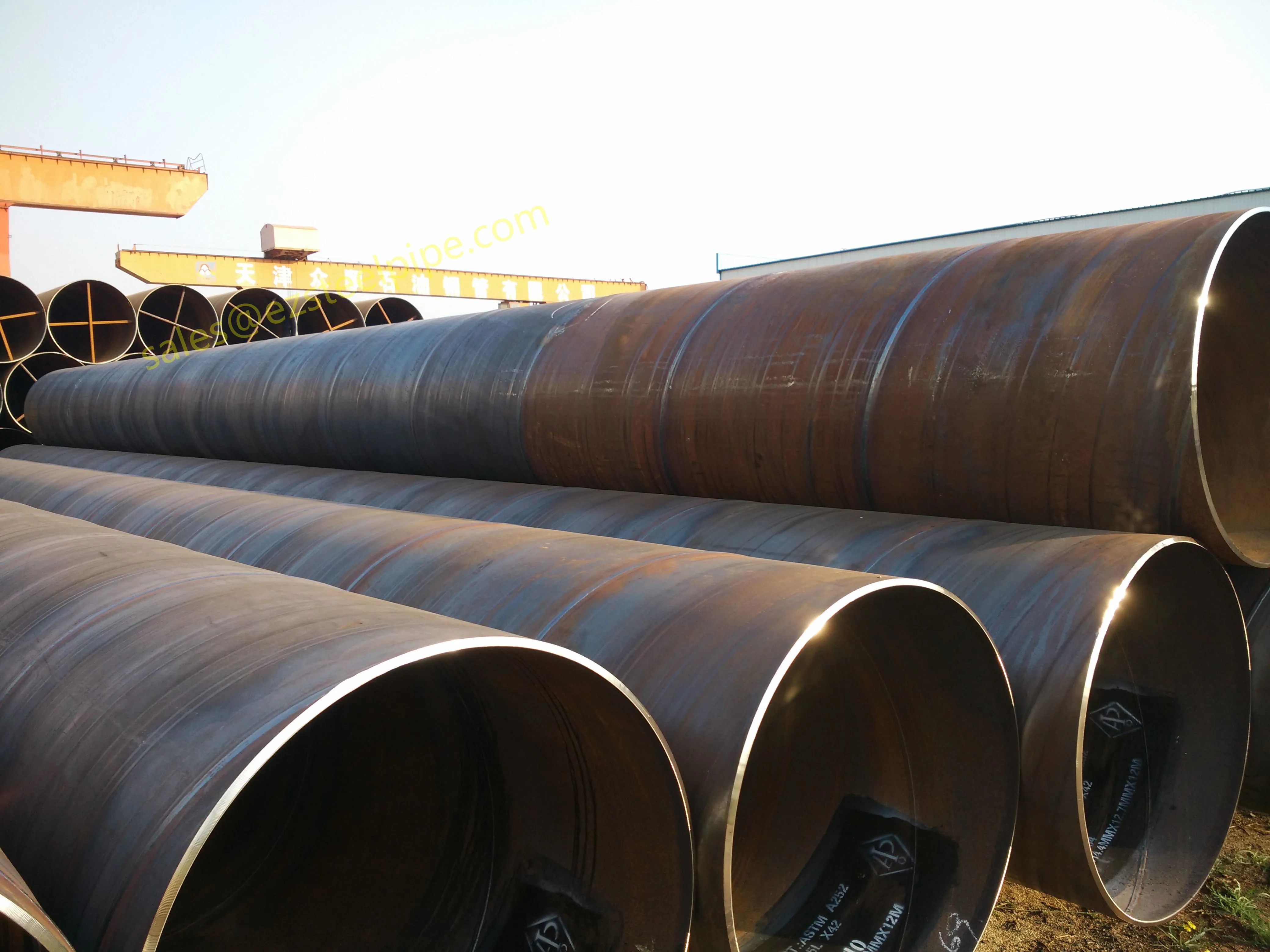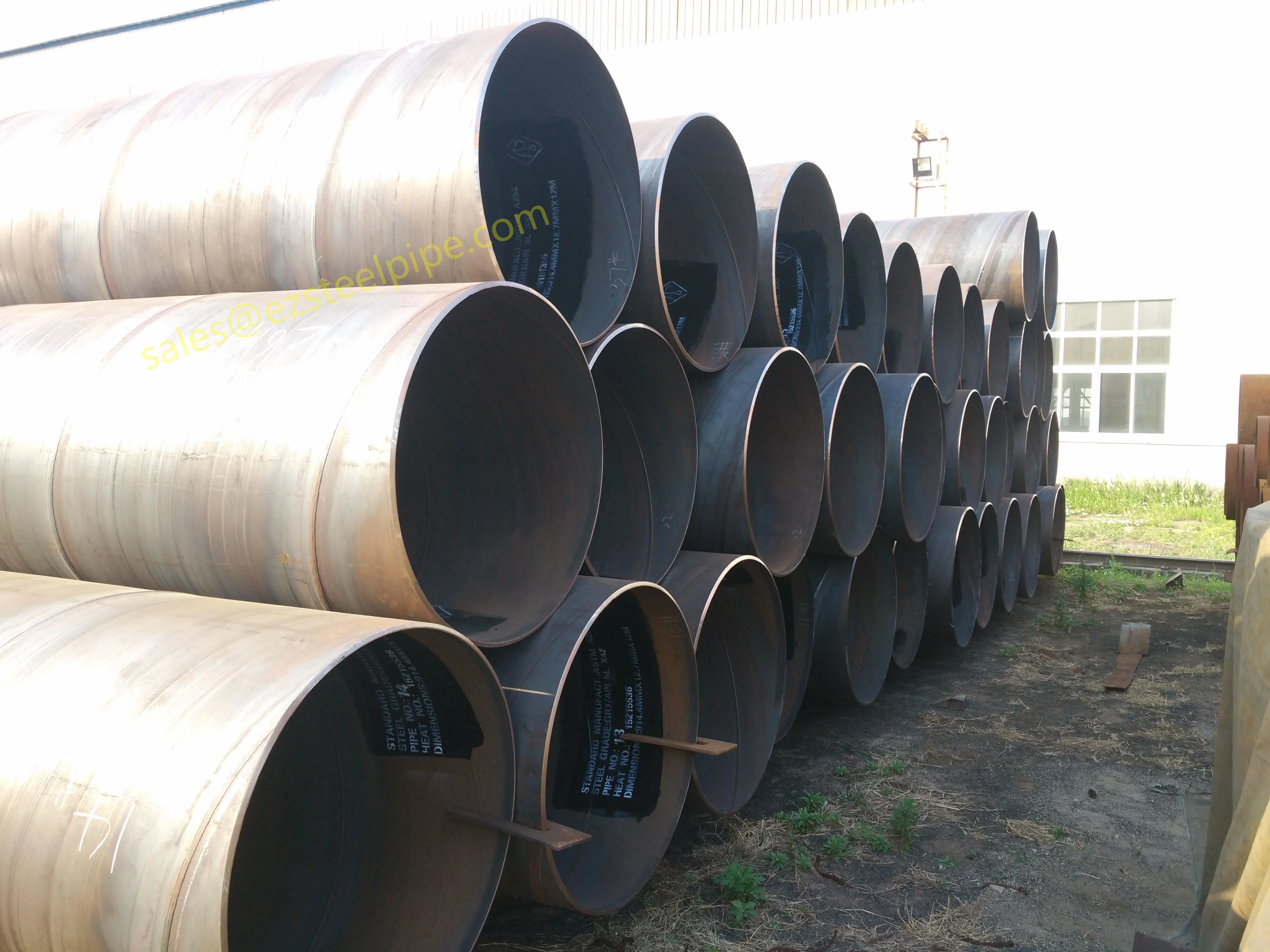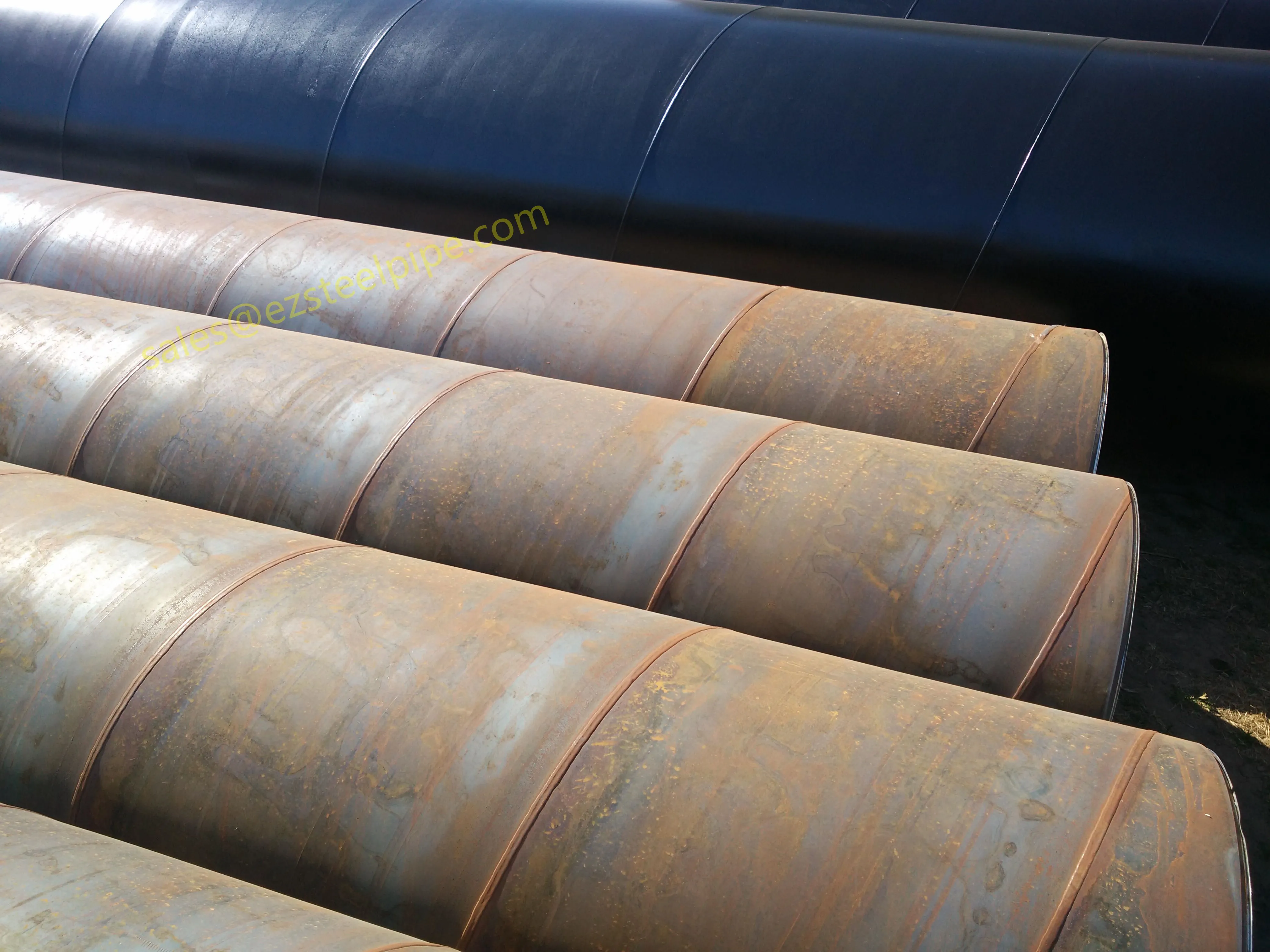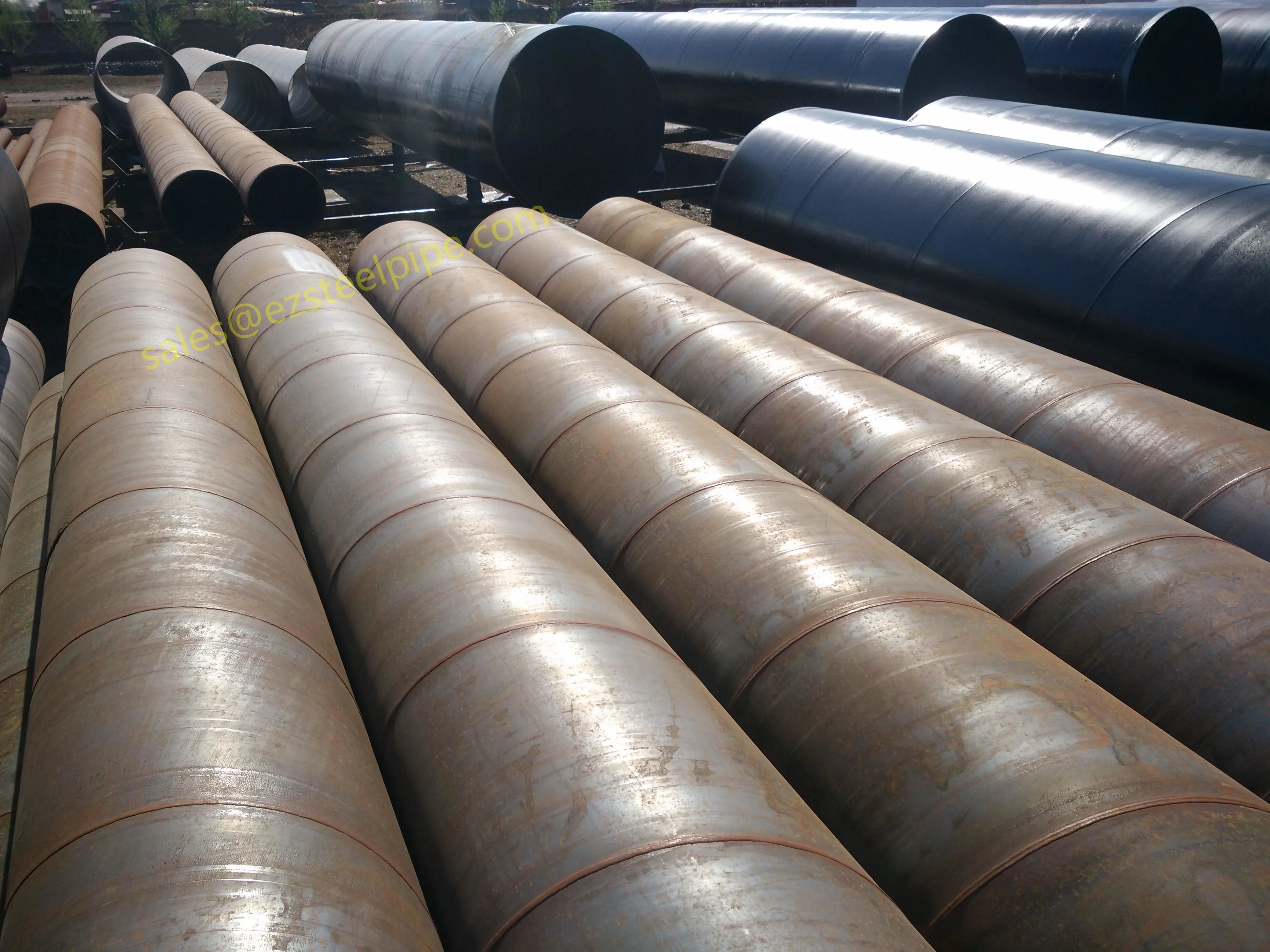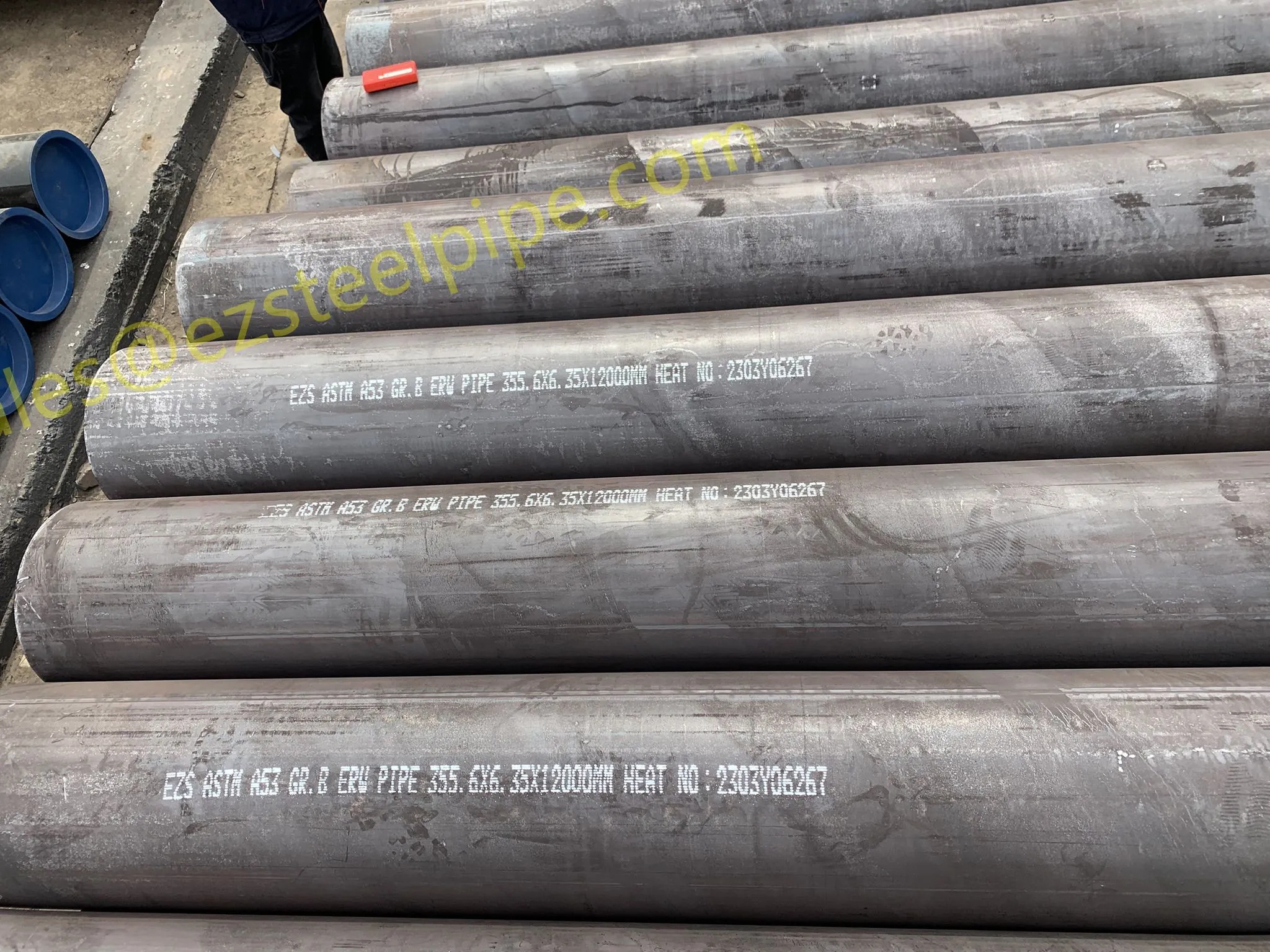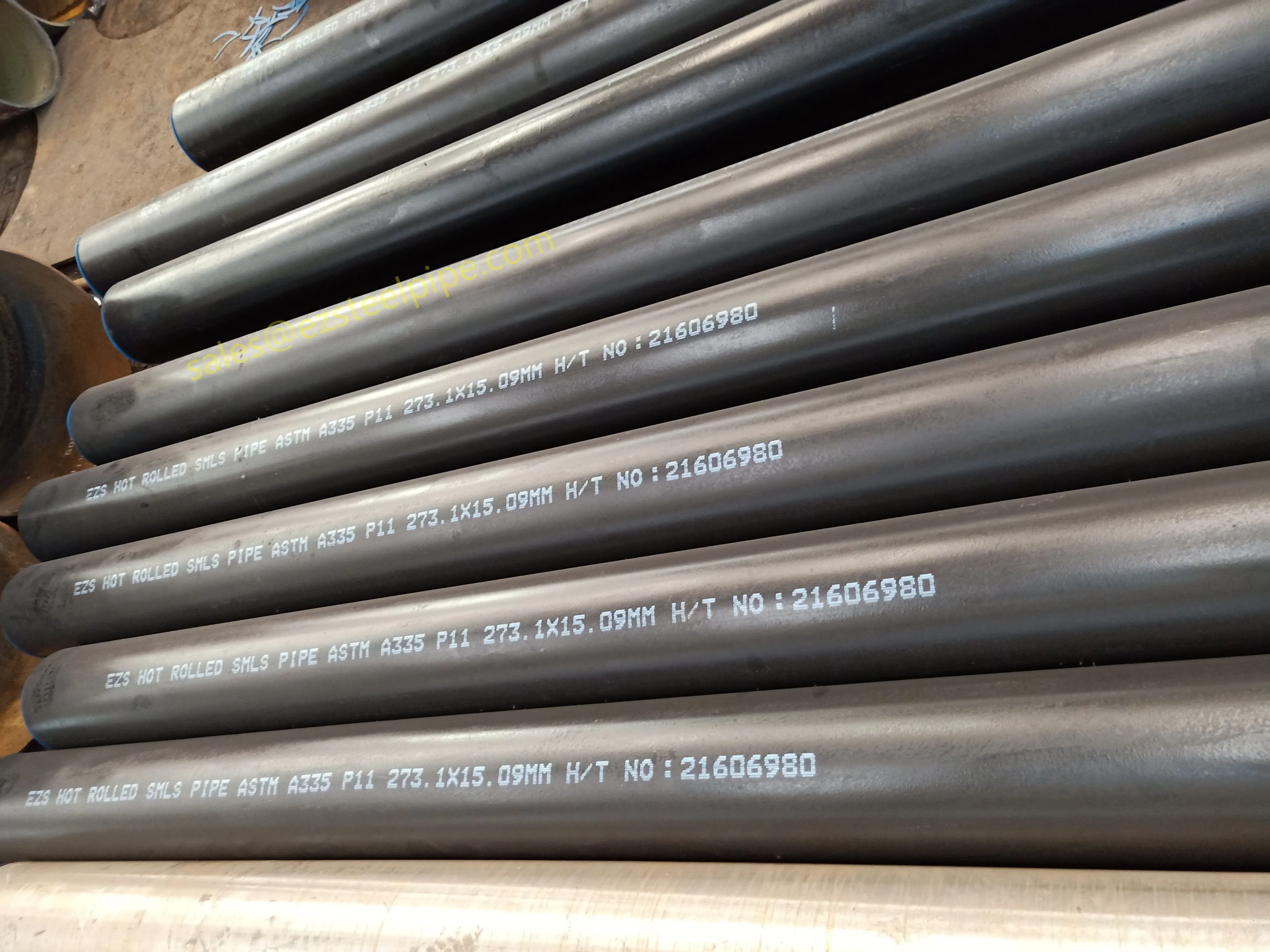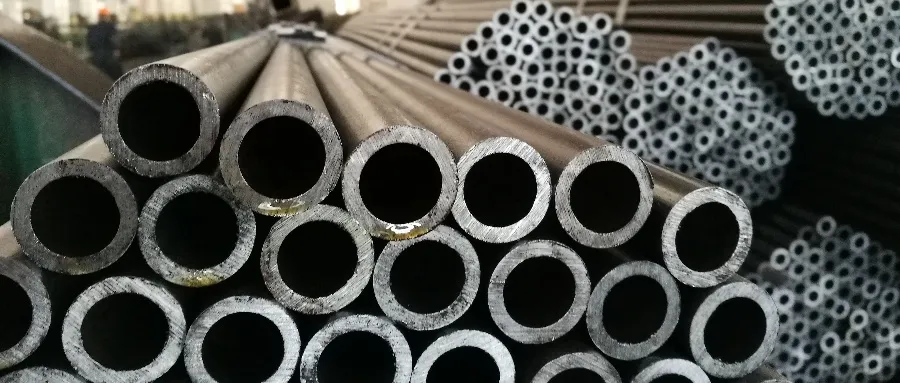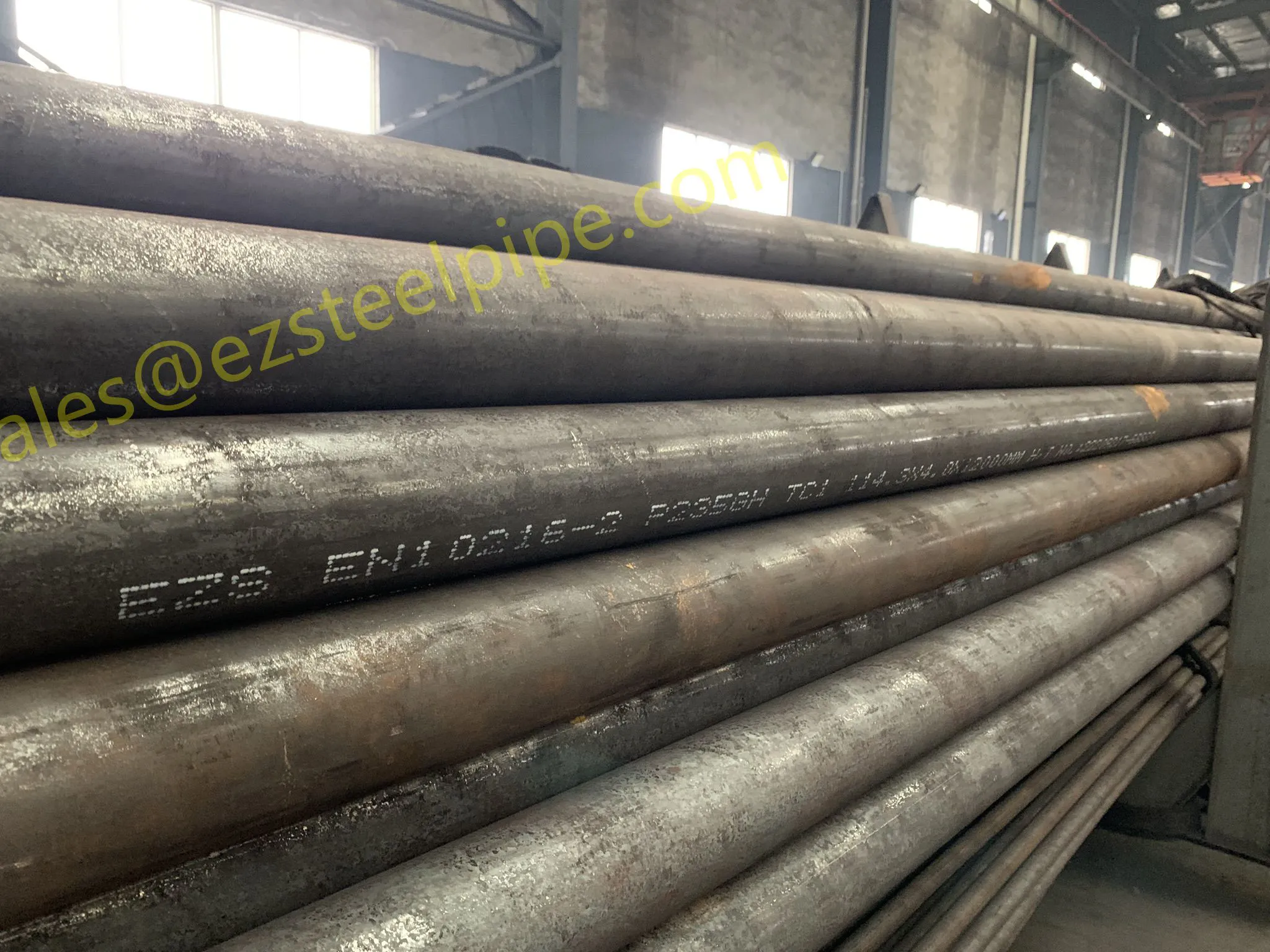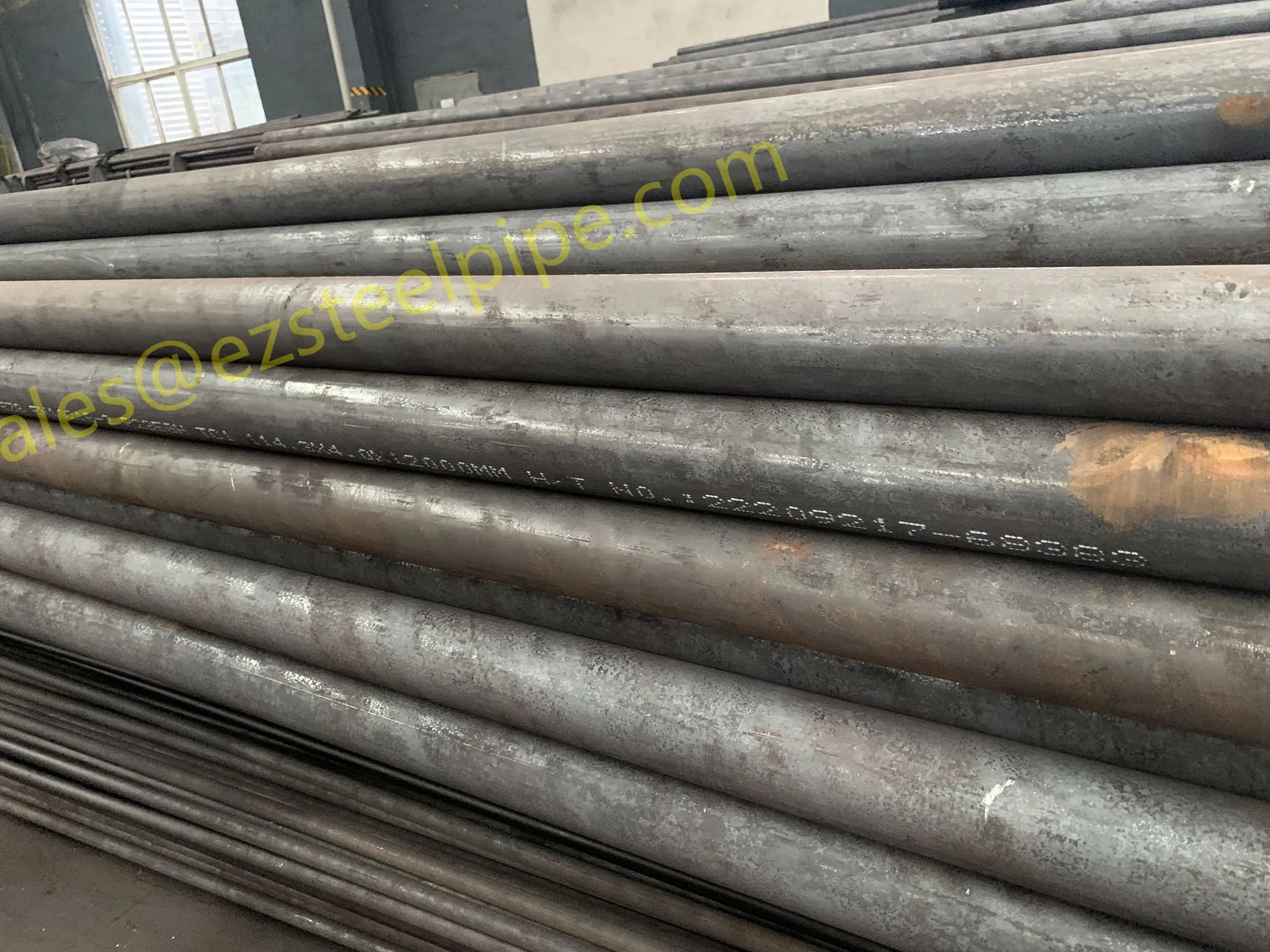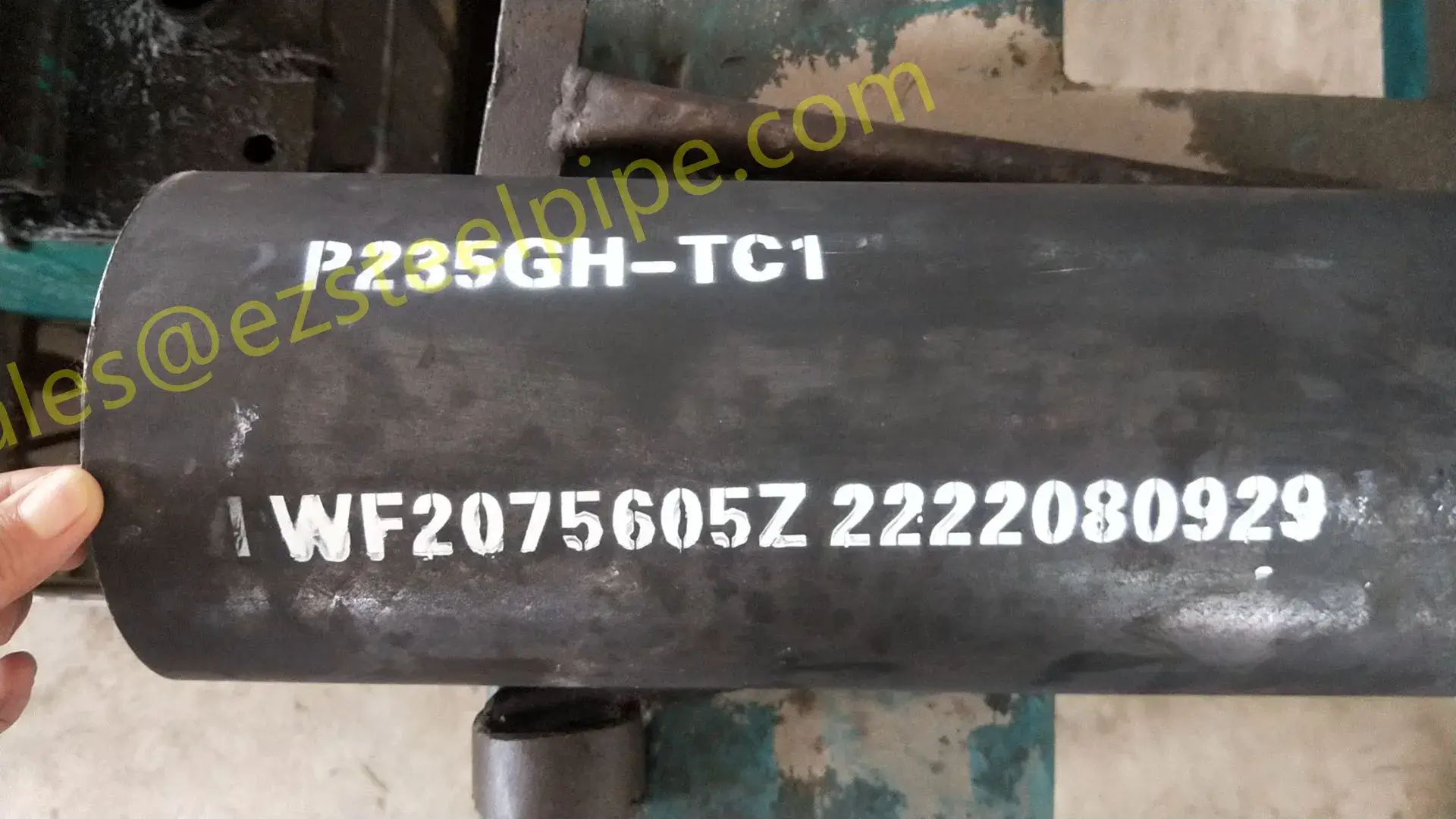The story of boiler tubing starts with the steam revolution. In the late 18th century, as inventors like James Watt refined the steam engine, the need for a reliable way to contain and channel steam became urgent. Early boilers were crude affairs—large, cylindrical vessels made of cast iron, with minimal tubing. These "haystack" boilers, as they were called, were more like giant kettles, heating water in a single chamber to produce steam. But as industrialization picked up speed in the 19th century, factories and railroads demanded more power, and the limitations of cast iron became painfully clear.
Cast iron, while durable, was brittle. It couldn't handle sudden temperature changes or high pressure without cracking—a fatal flaw in a boiler, where steam pressure could build to dangerous levels. By the early 1800s, engineers began experimenting with wrought iron, a more malleable material made by hammering pig iron to remove impurities. Wrought iron tubes were thinner, lighter, and could flex slightly under pressure, reducing the risk of explosion. These early tubes were hand-forged, with seams welded by blacksmiths, and were far from uniform. Wholesale boiler tubing, as we understand it today, didn't exist yet; each boiler was a one-off creation, built to order for a specific mill or locomotive.
The real breakthrough came in the mid-19th century with the rise of the Bessemer process, which mass-produced steel. Suddenly, carbon steel—stronger, more ductile, and cheaper than wrought iron—became the material of choice. Steel tubes could withstand higher pressures, allowing boilers to generate more steam and power larger machinery. By the 1880s, standardized steel tubing was being produced in factories, laying the groundwork for the first wholesale boiler tubing suppliers. These suppliers offered basic, seamless tubes in fixed sizes, catering to the growing demand of a world hungry for industrial growth.
 export@ezsteelpipe.com
export@ezsteelpipe.com +86 731 8870 6116
+86 731 8870 6116






 Related Products
Related Products

